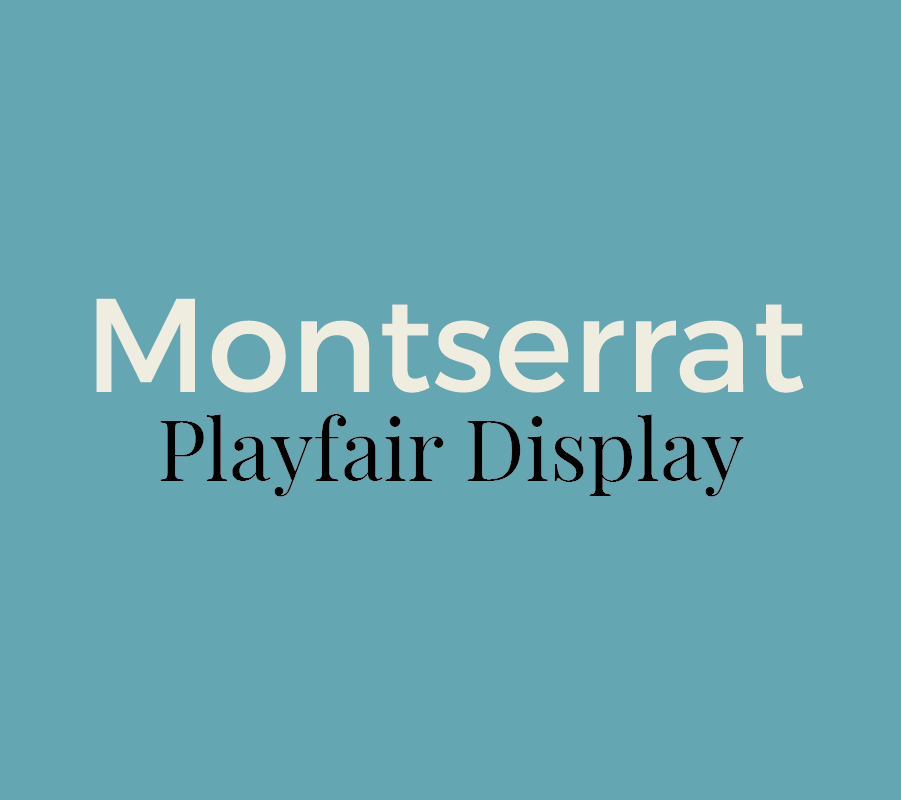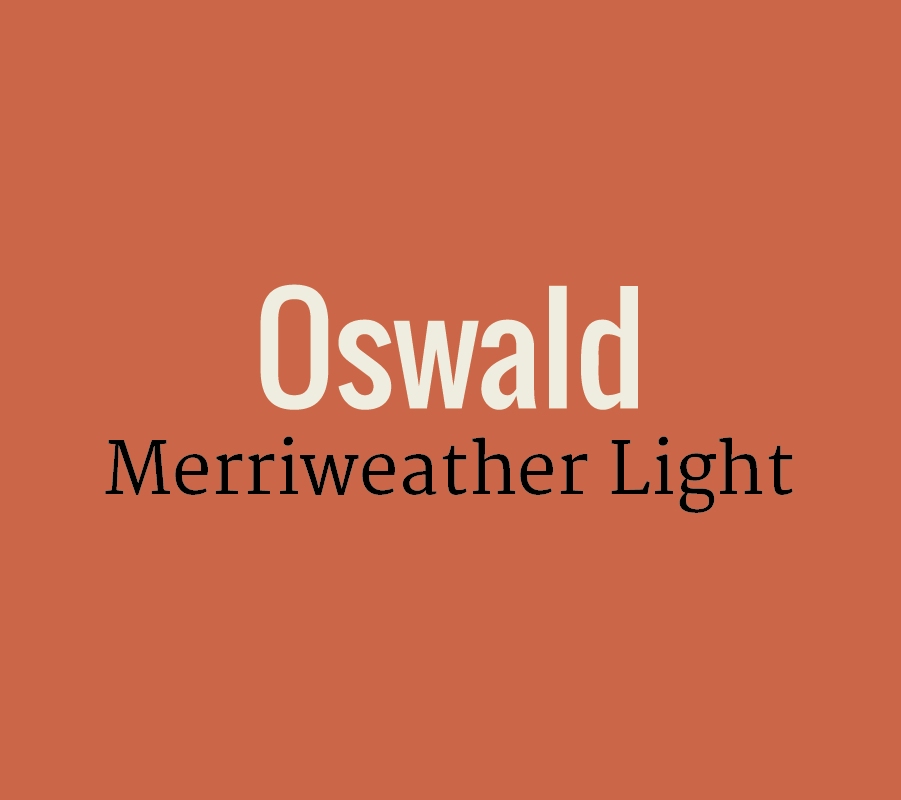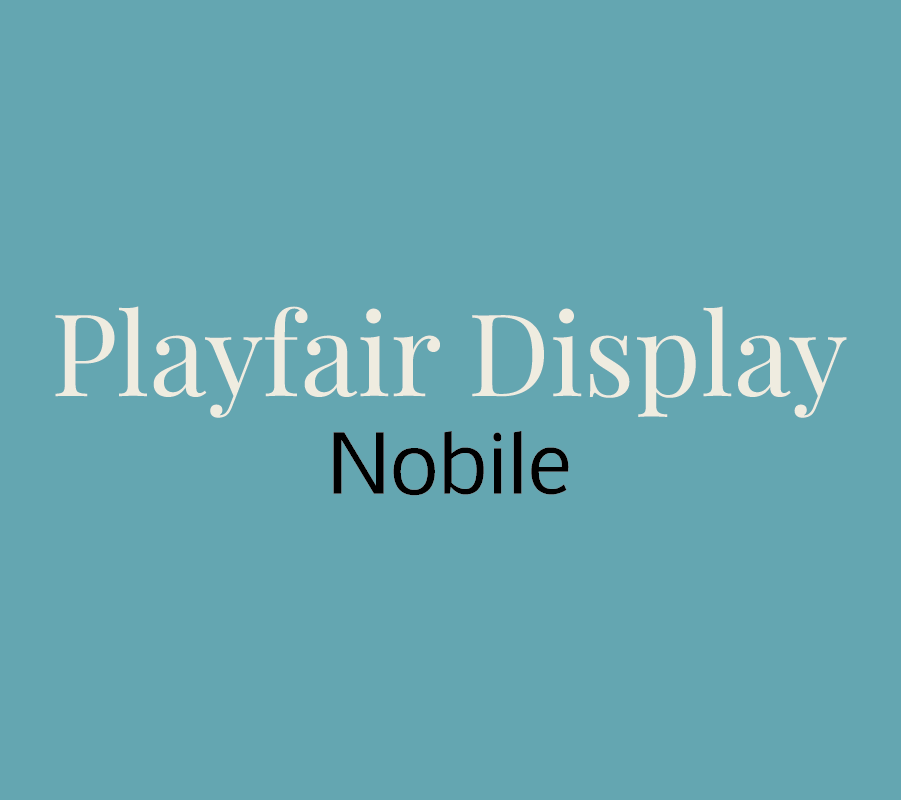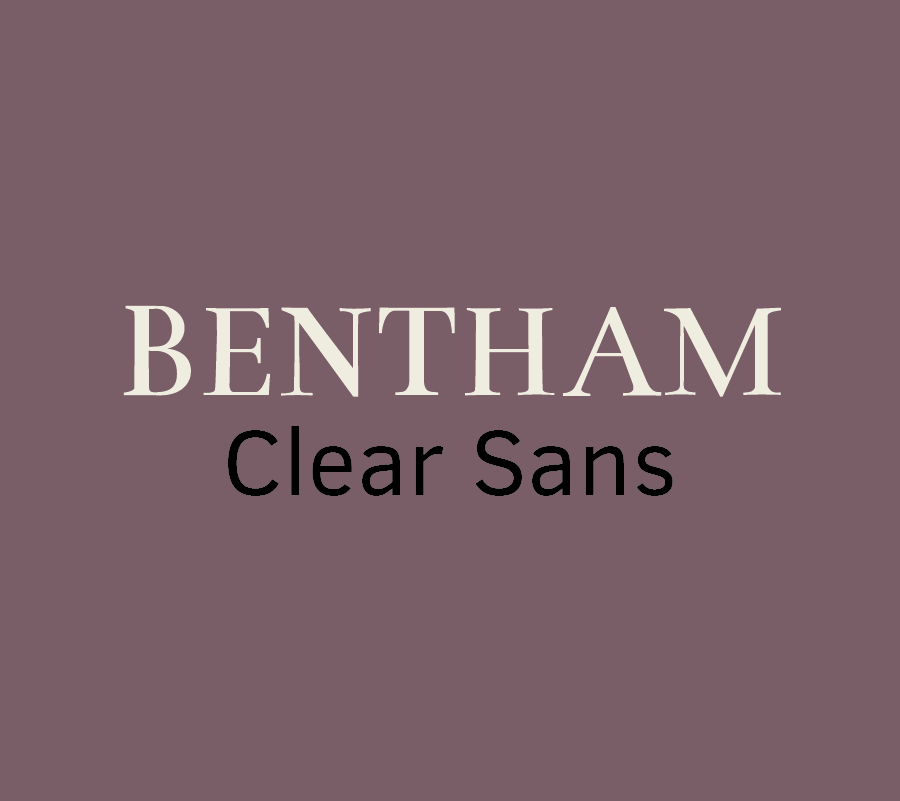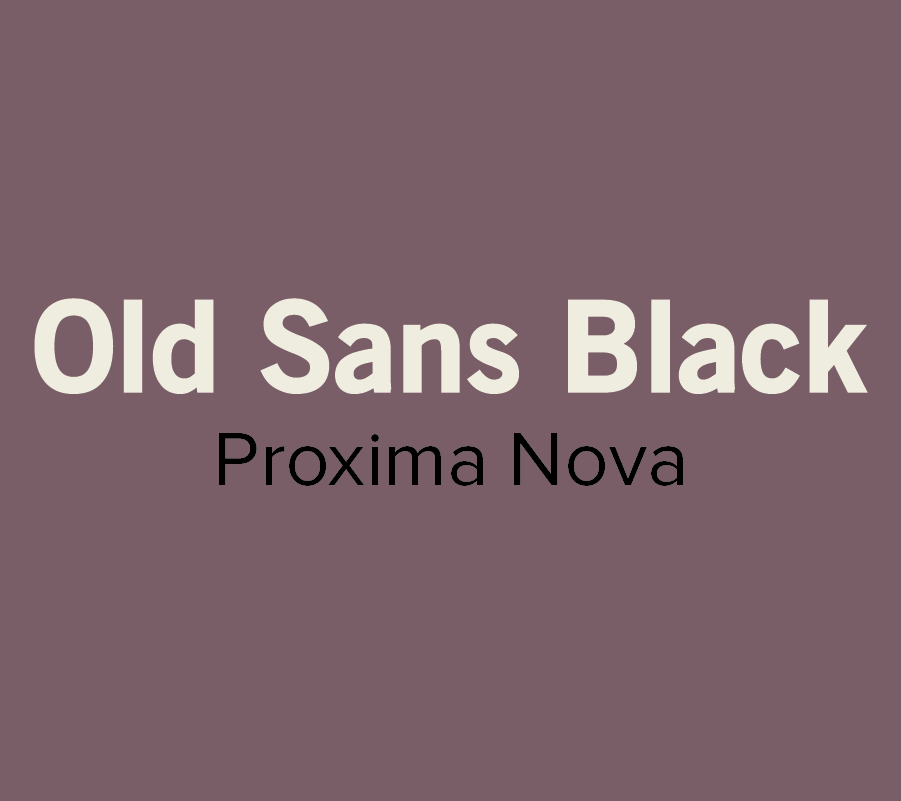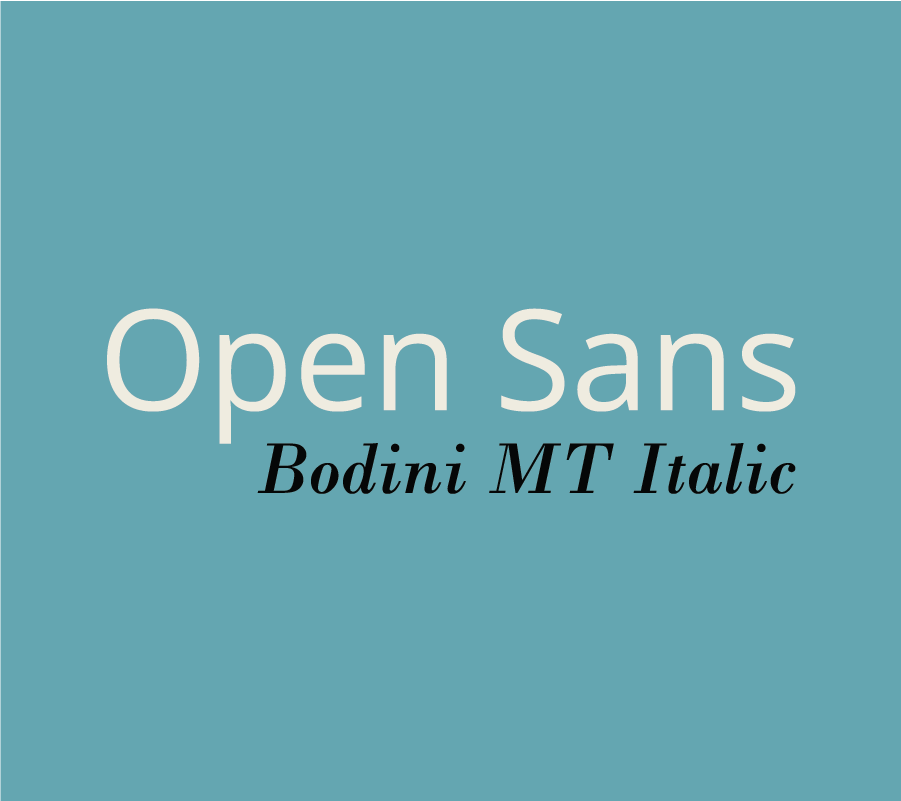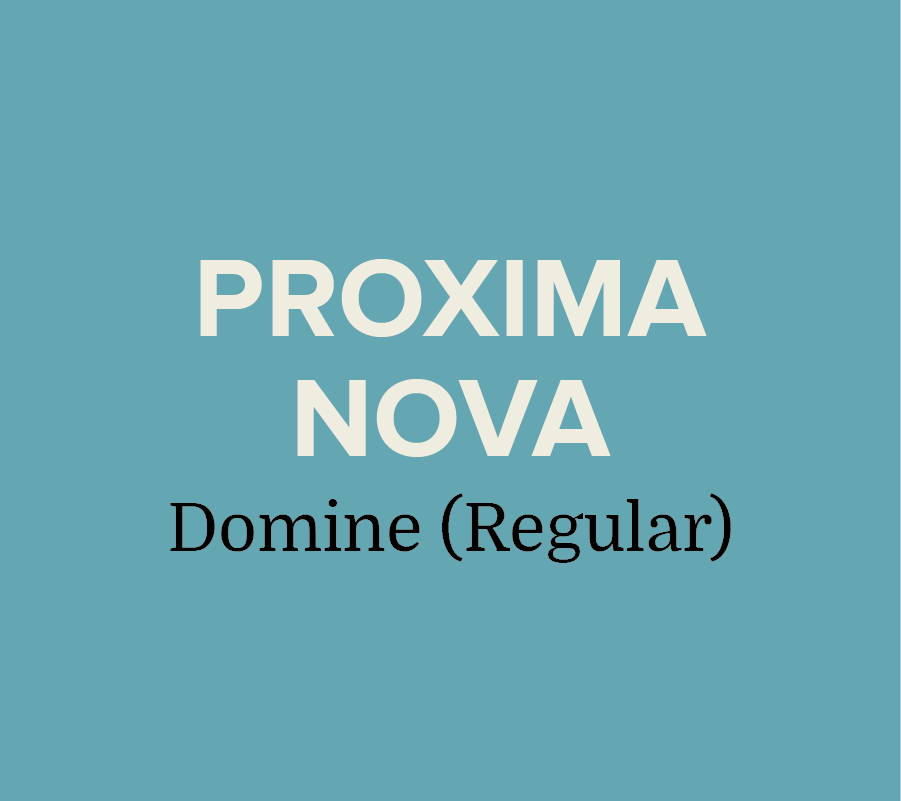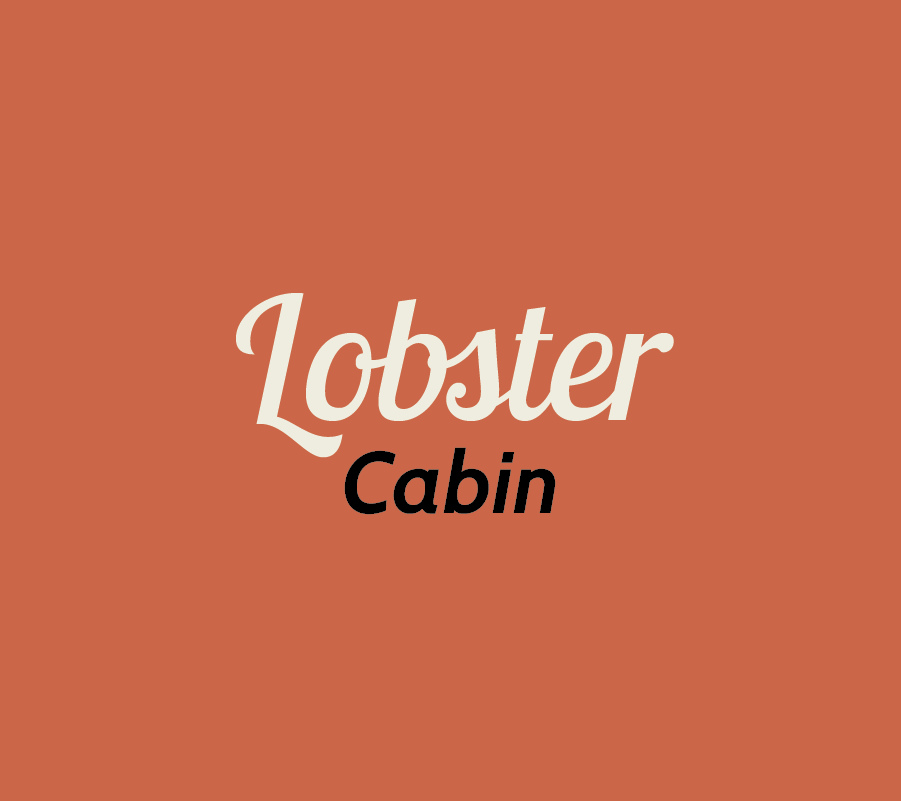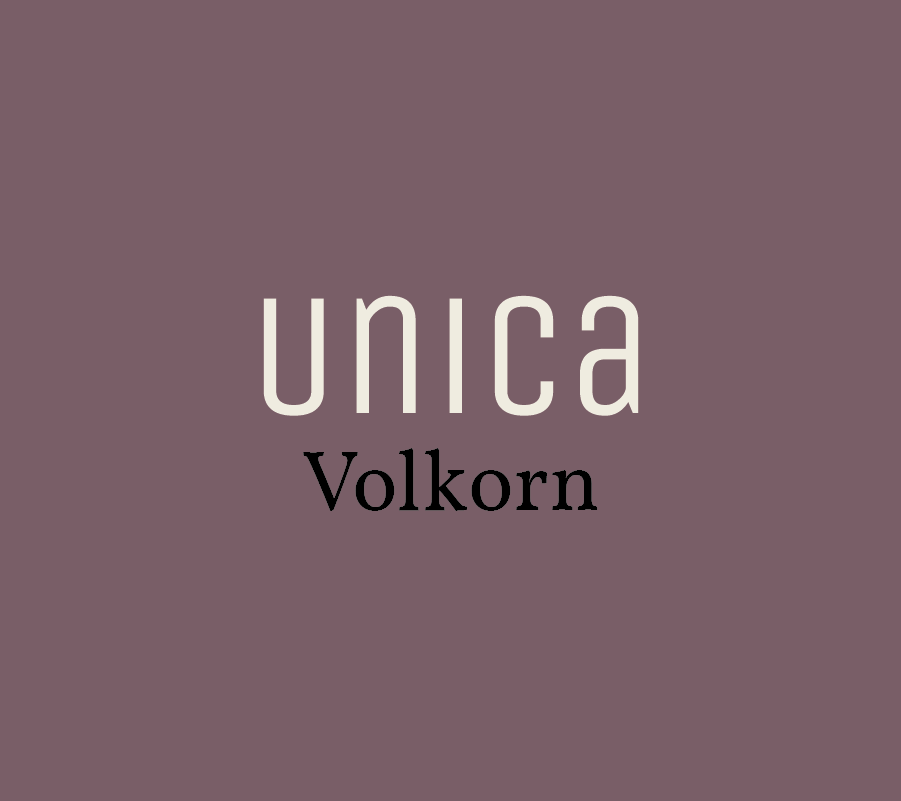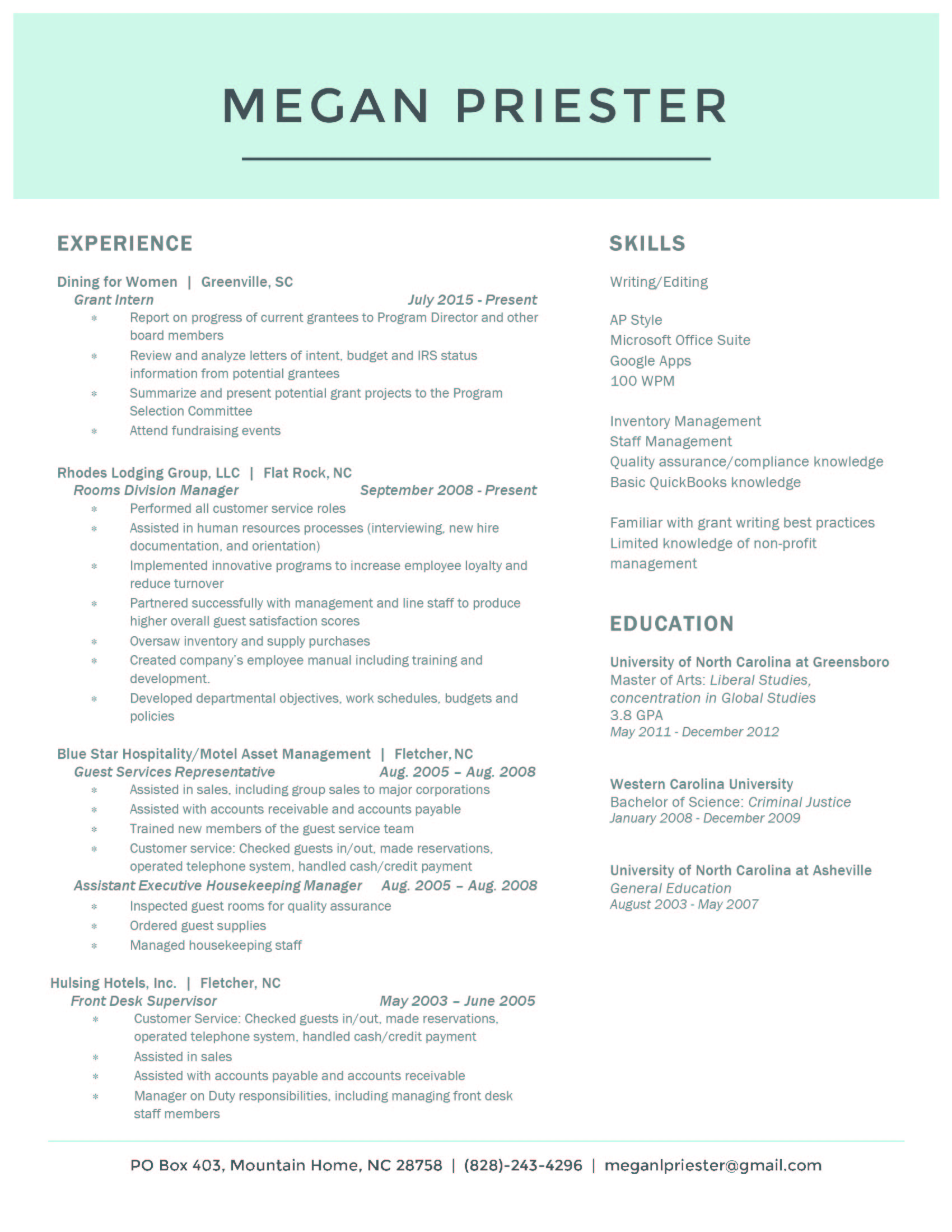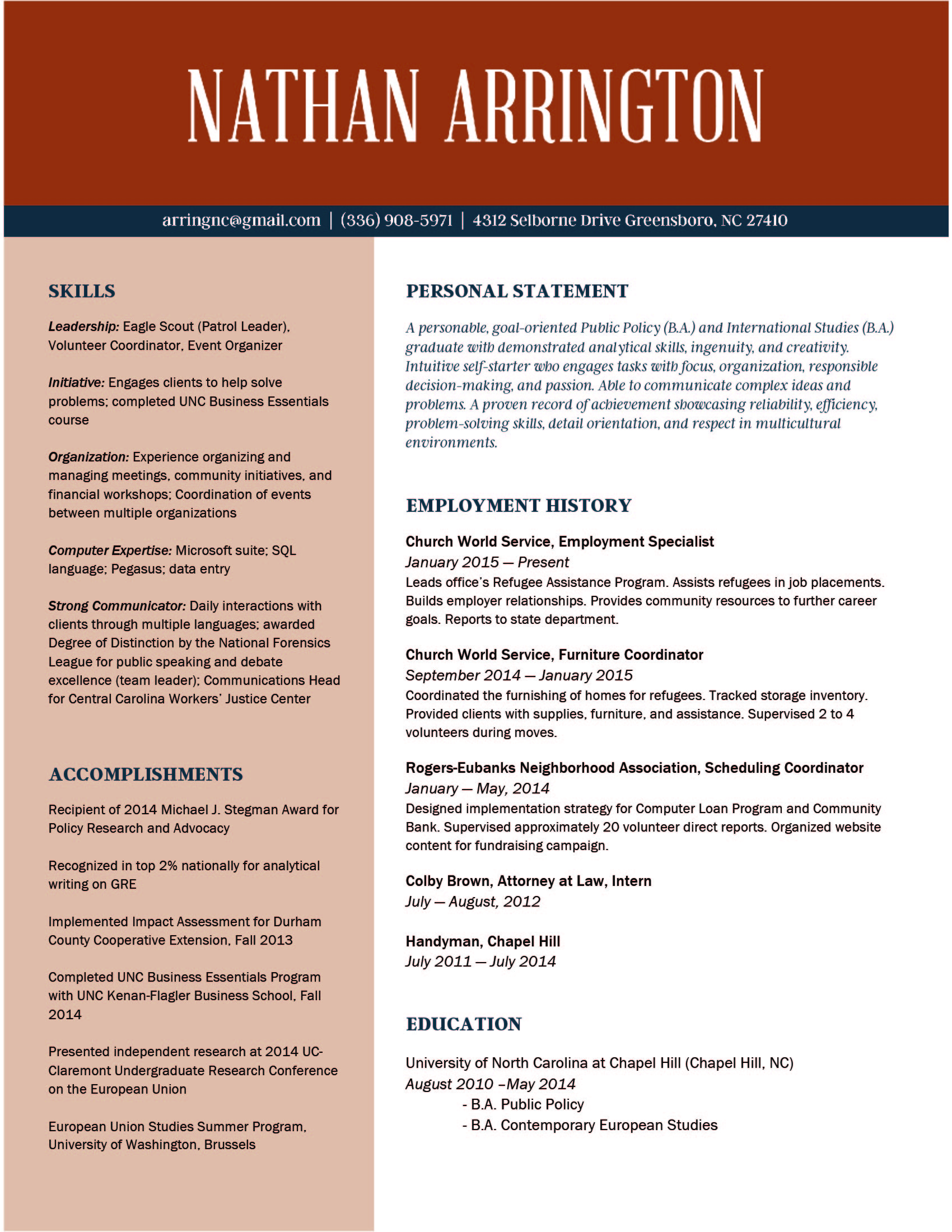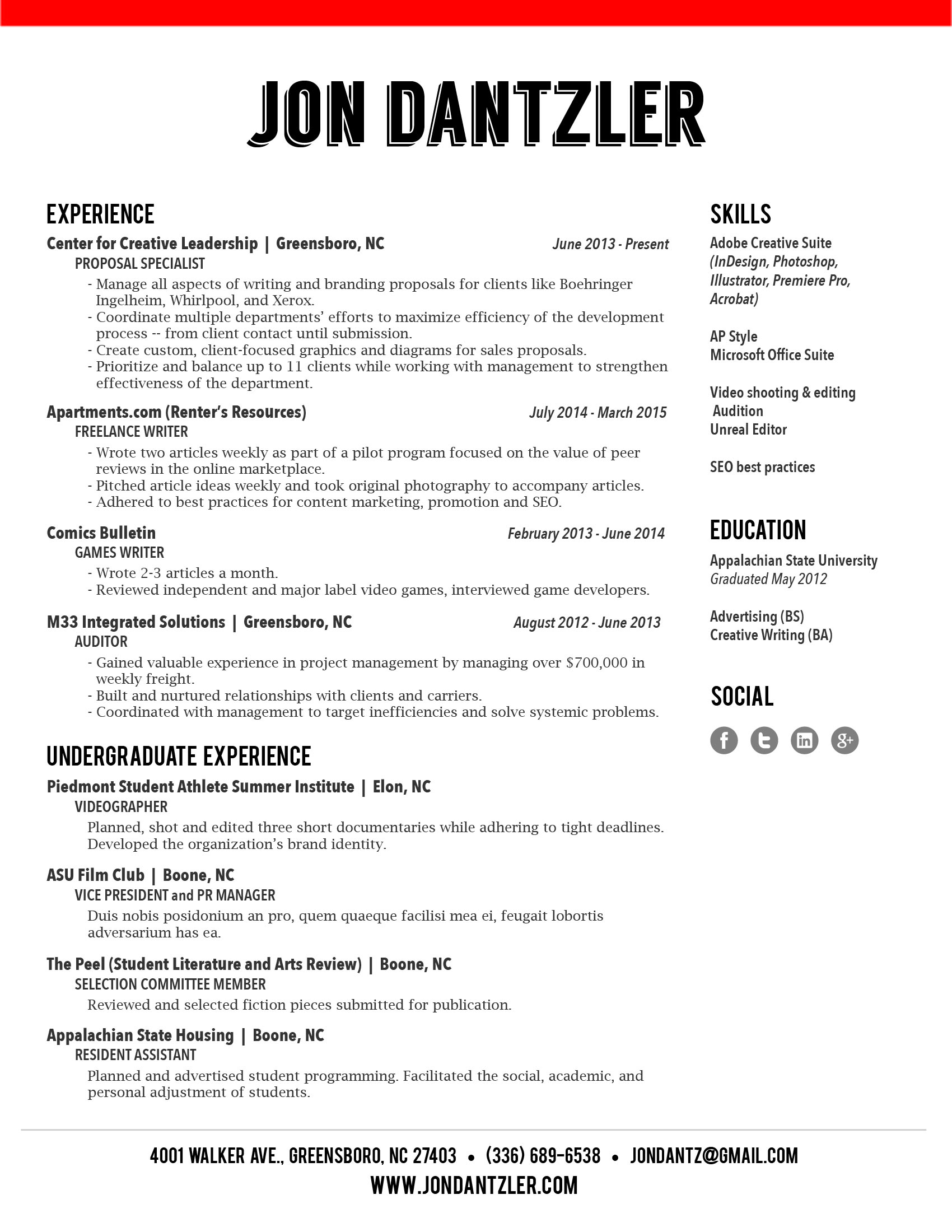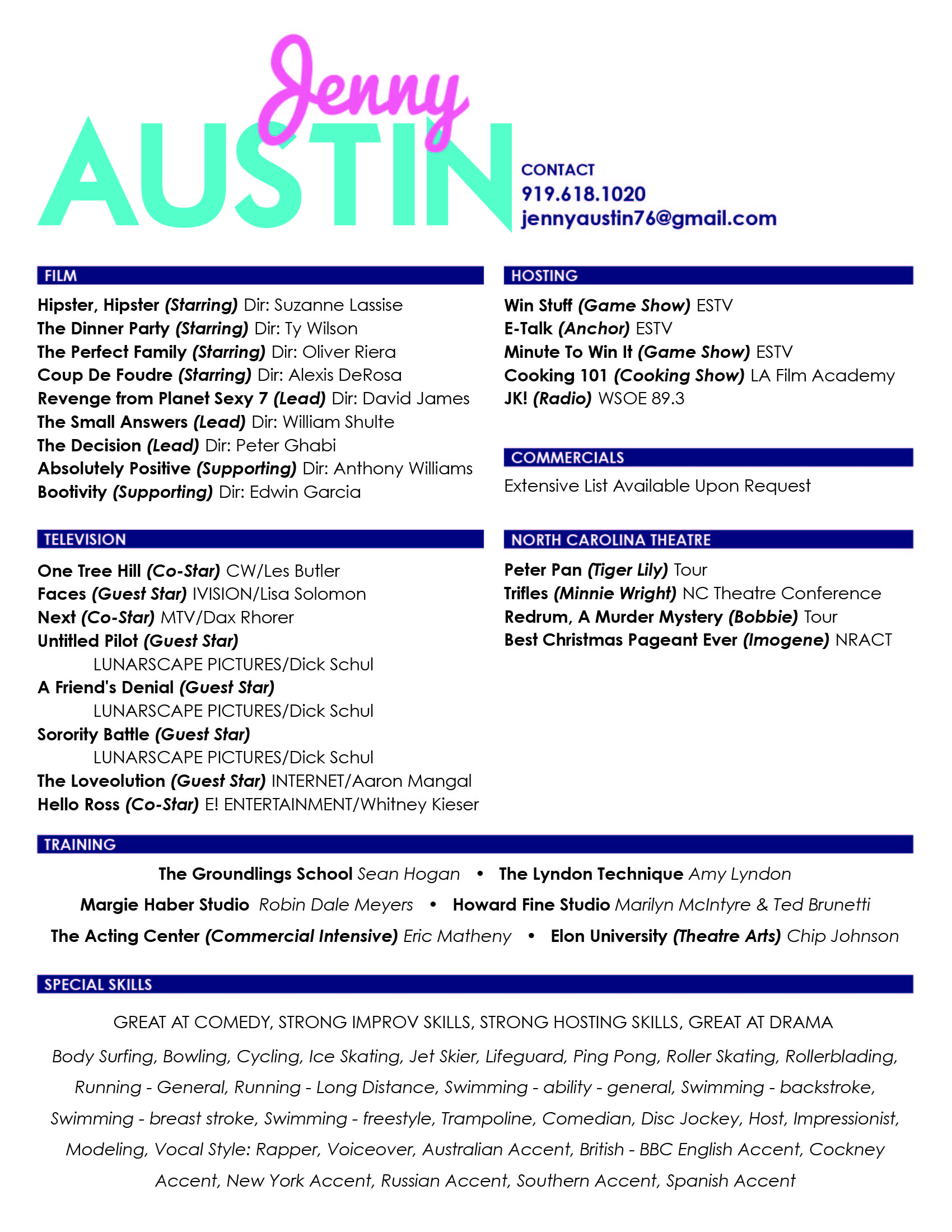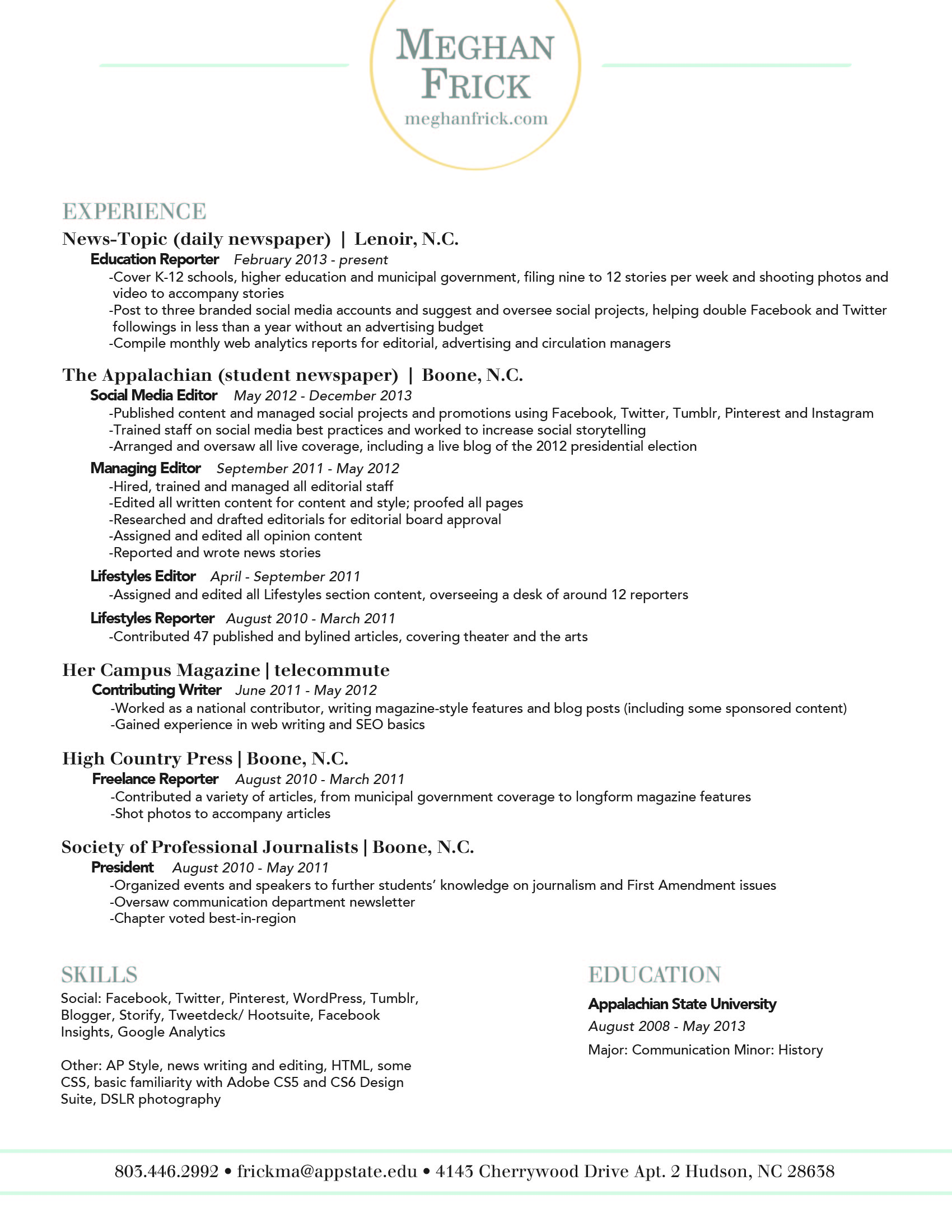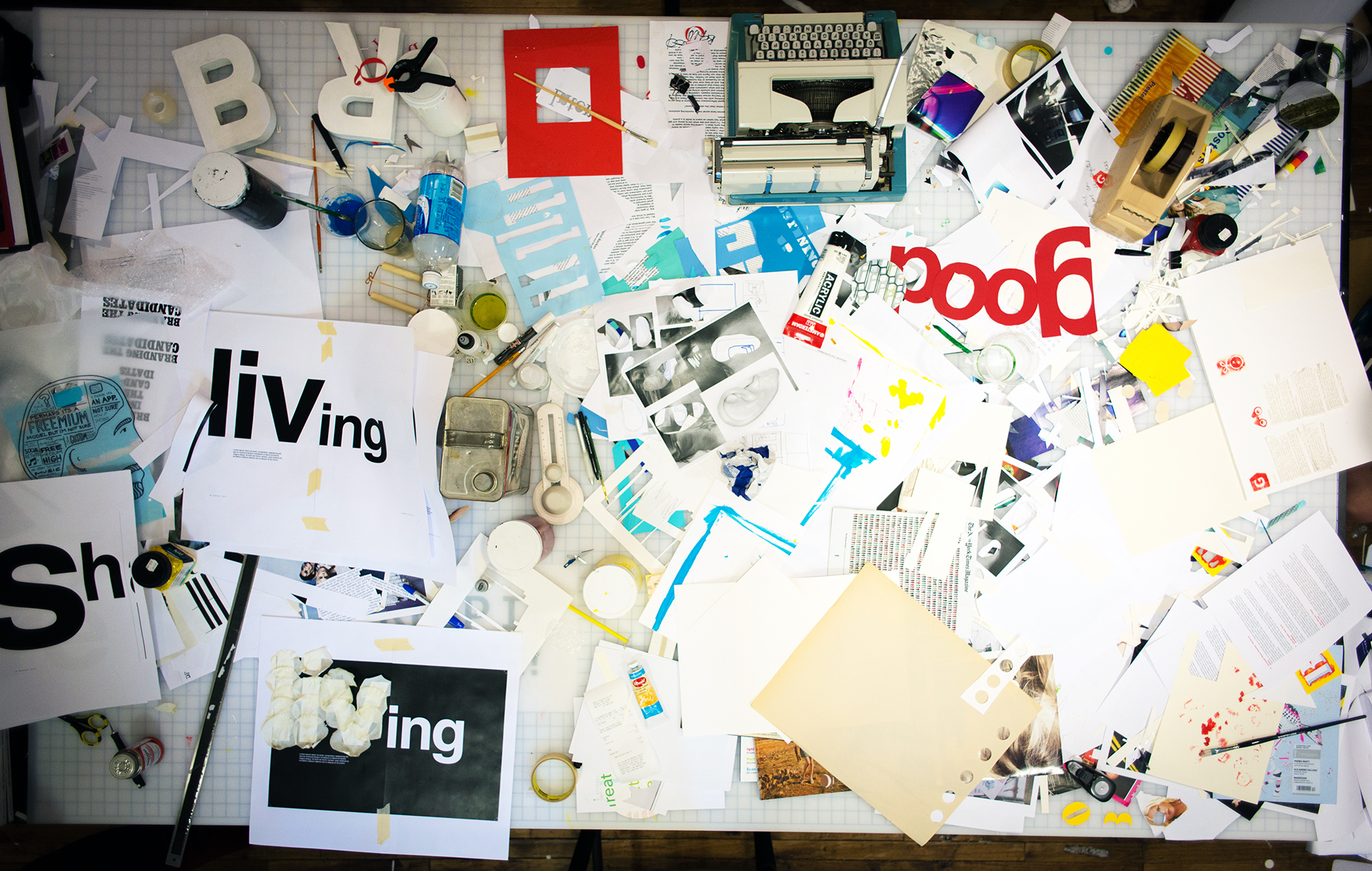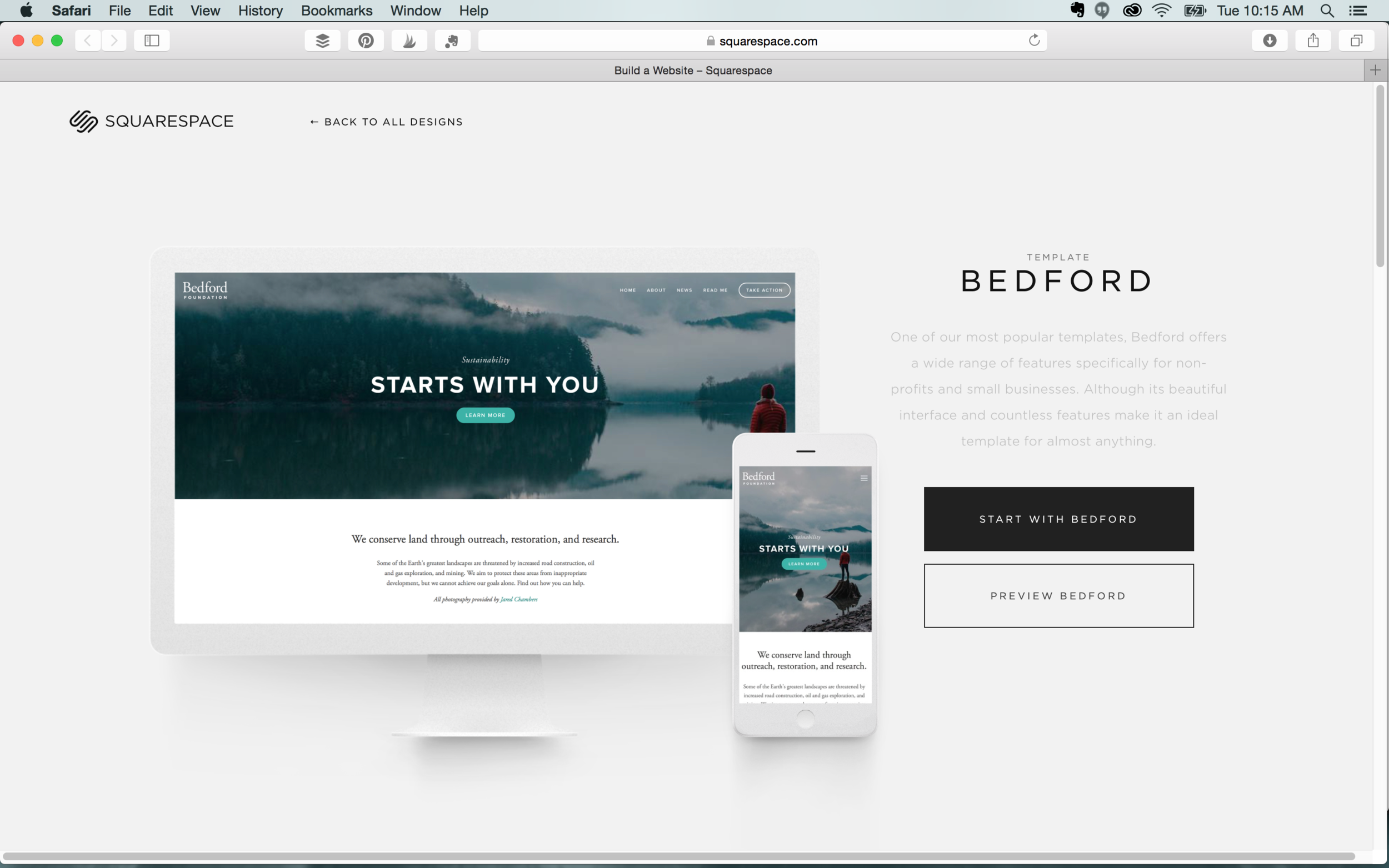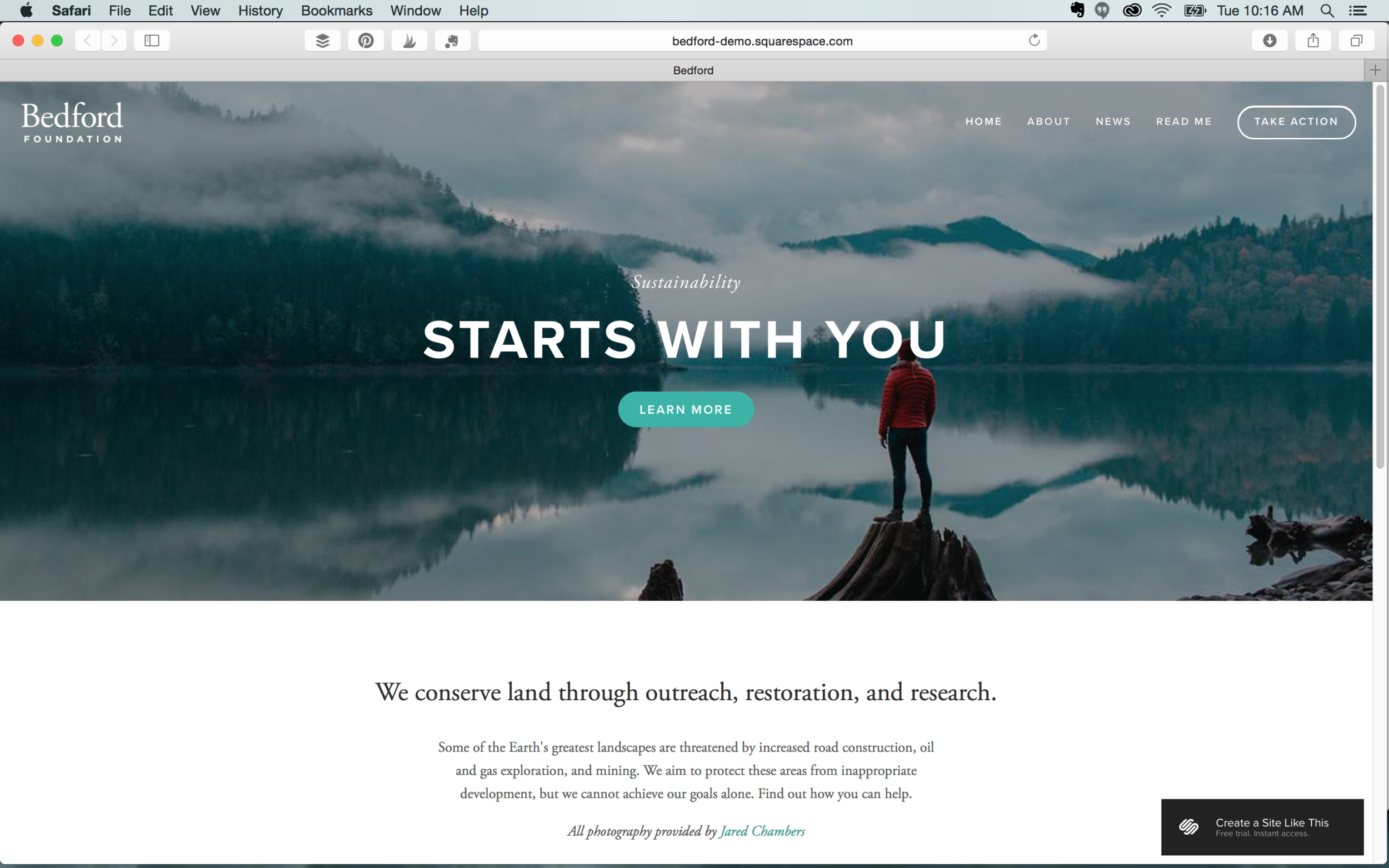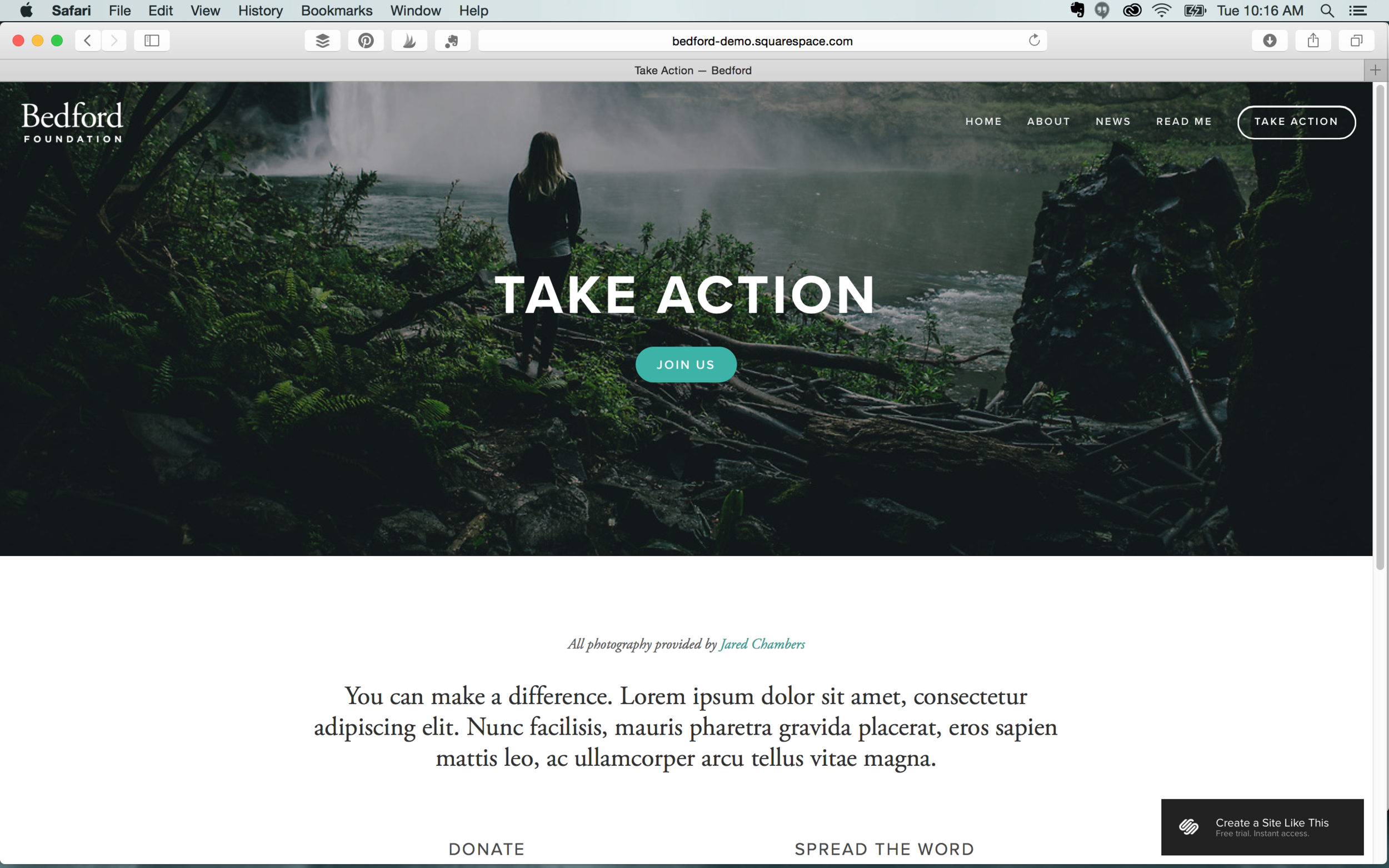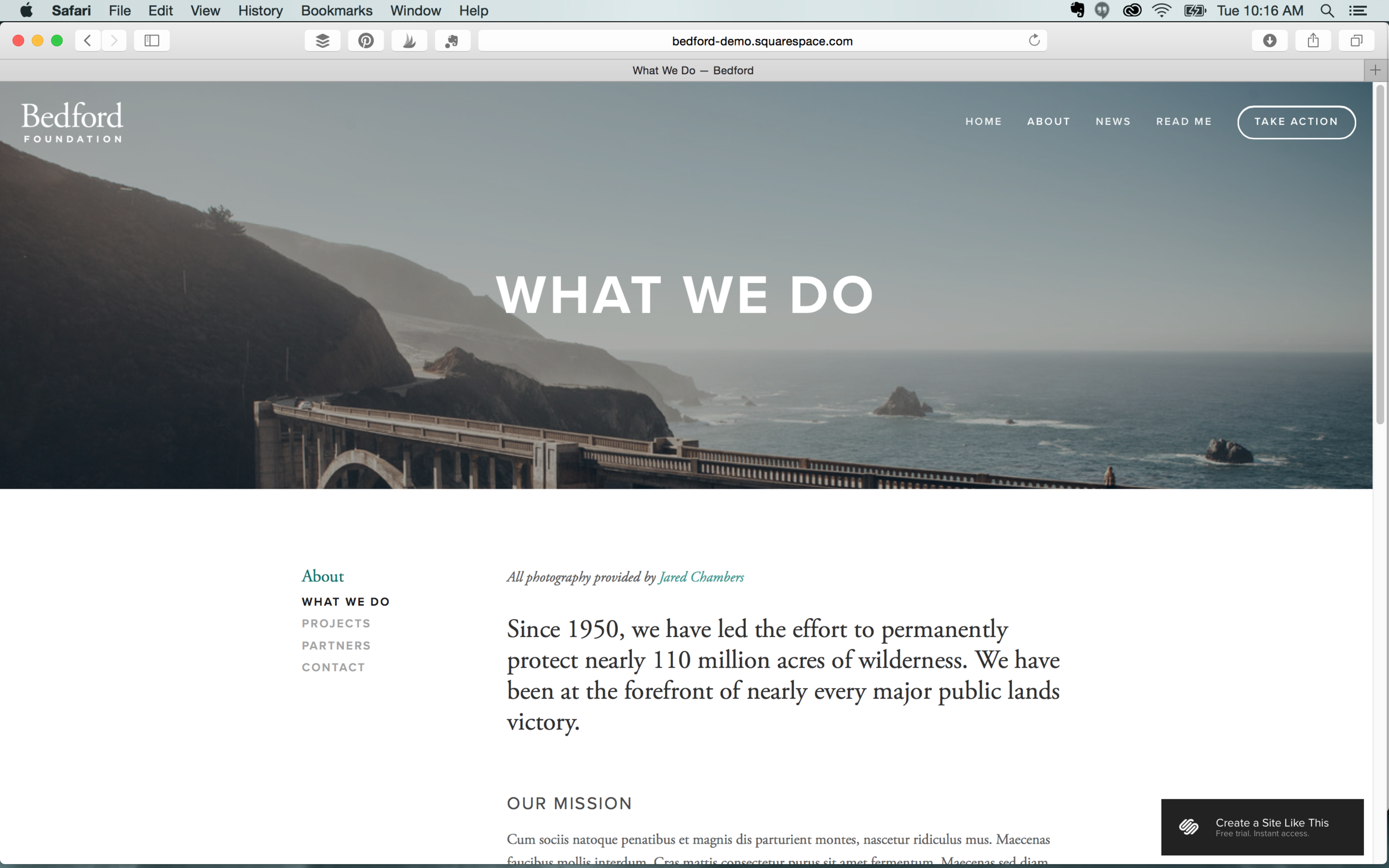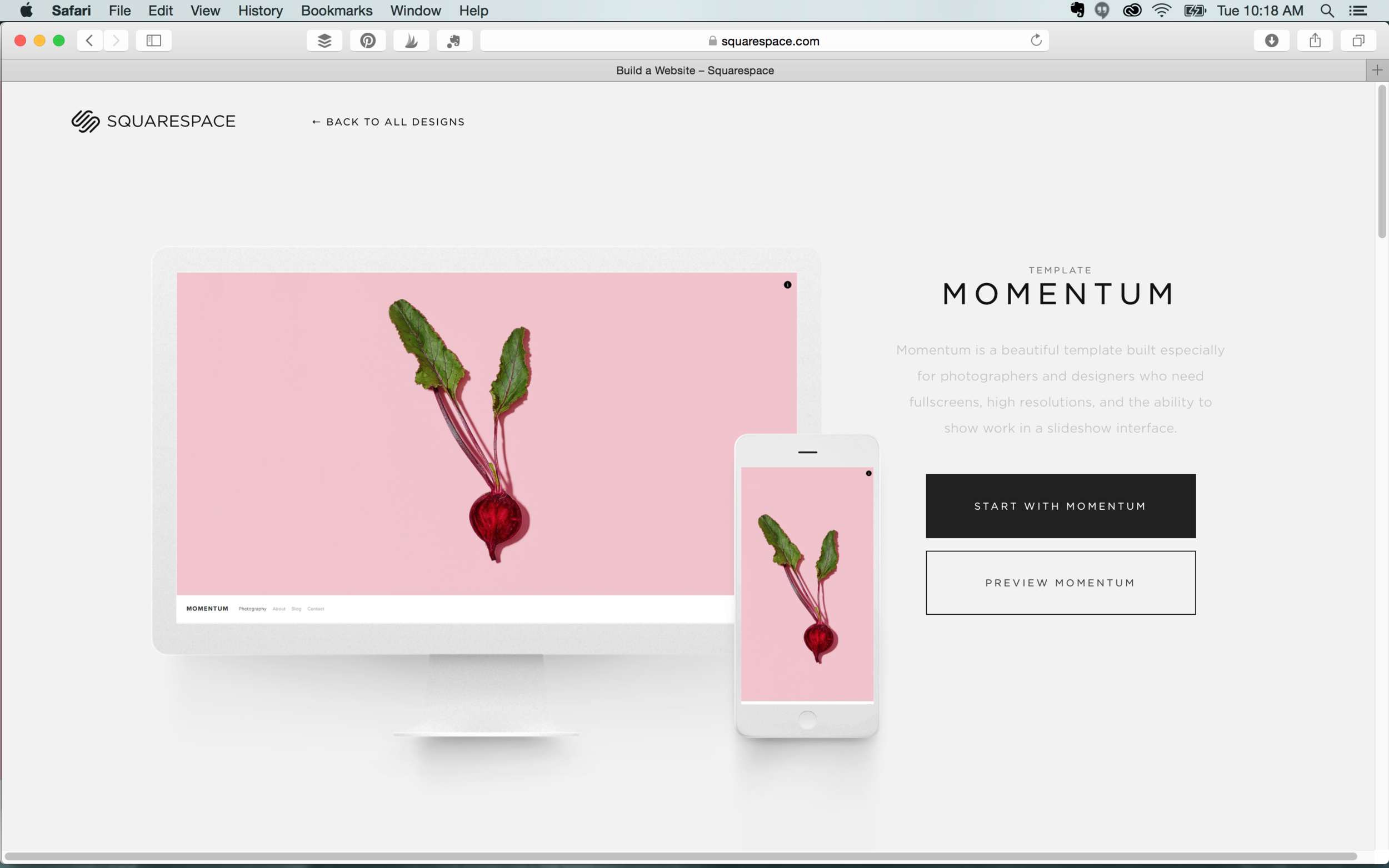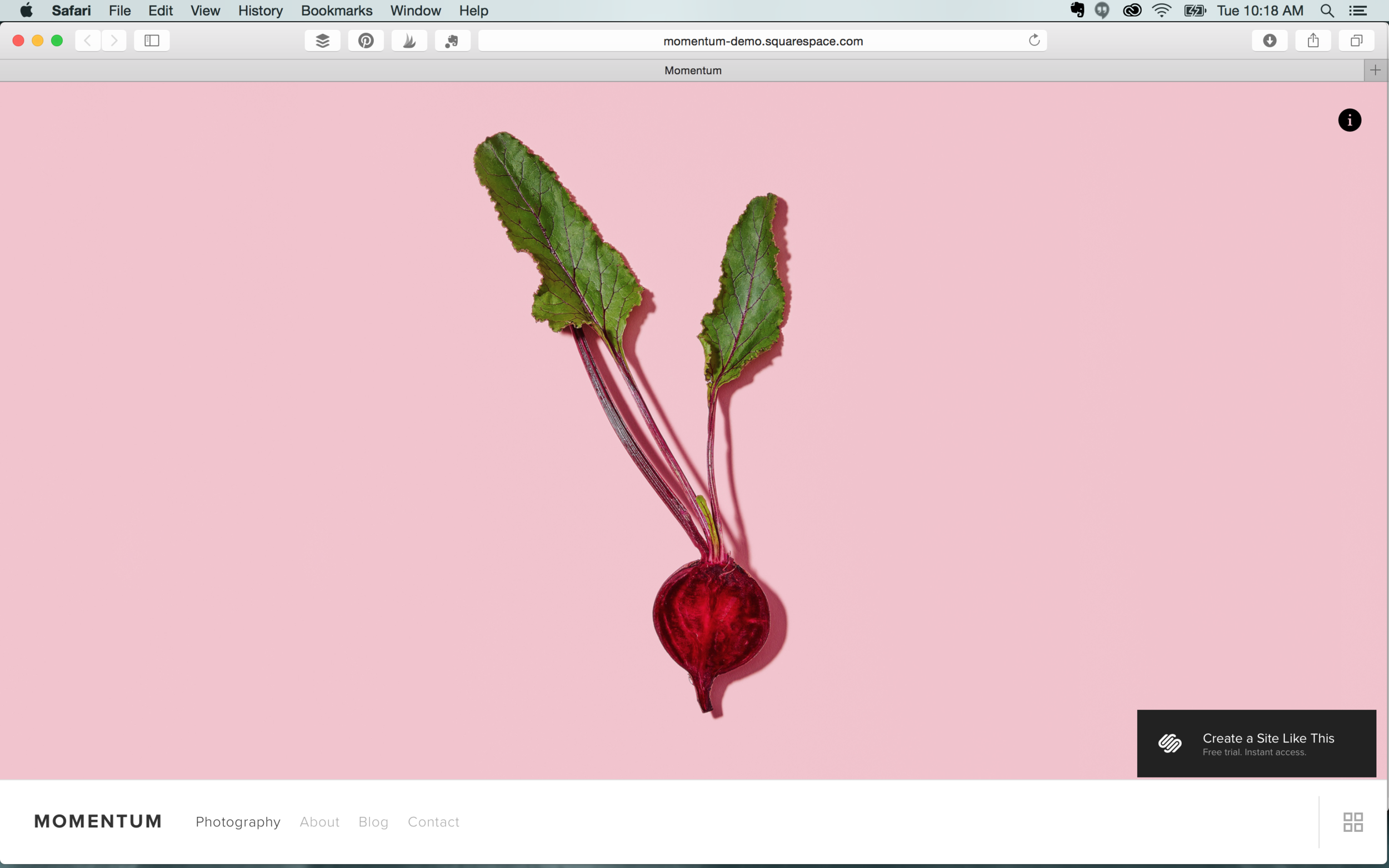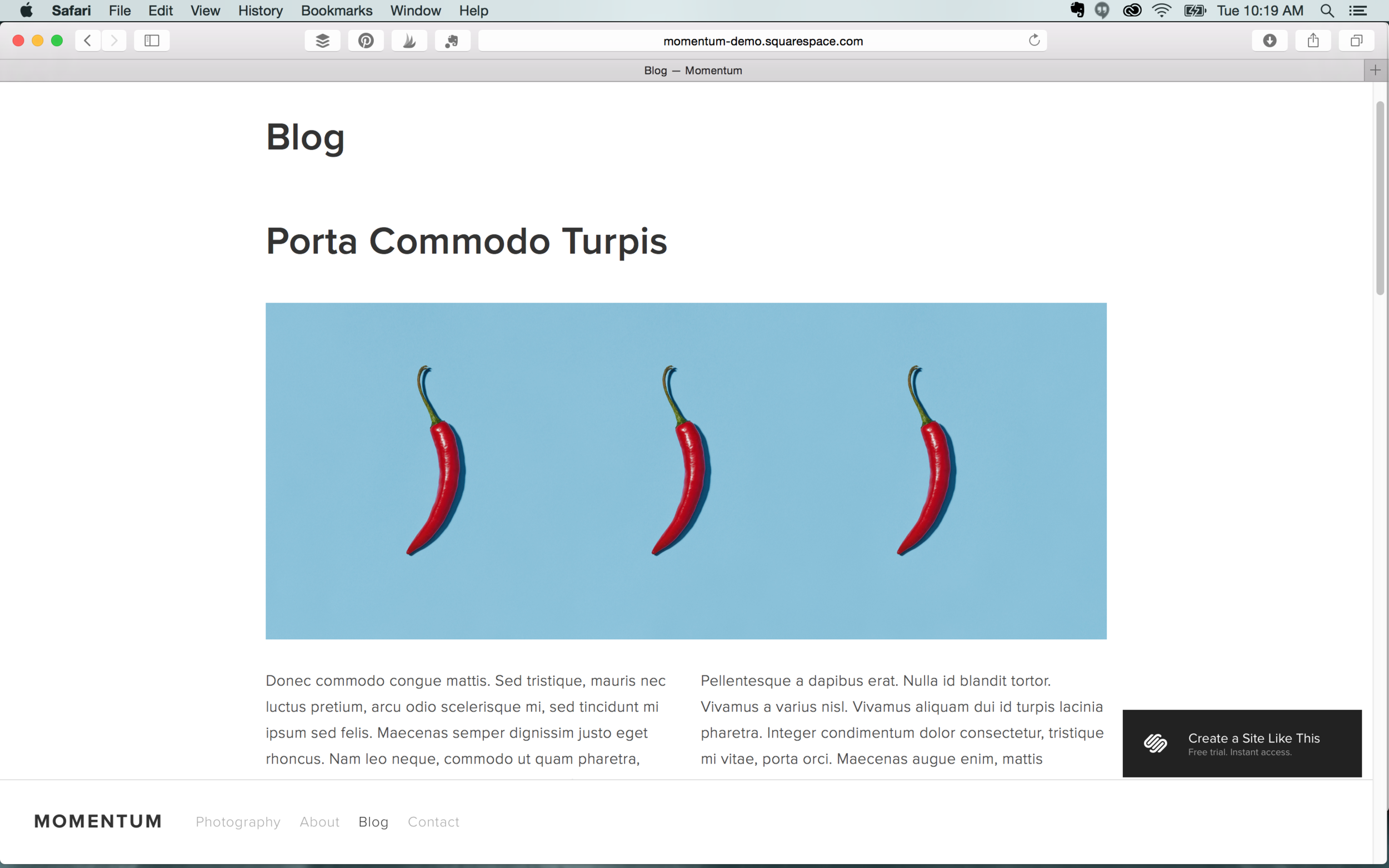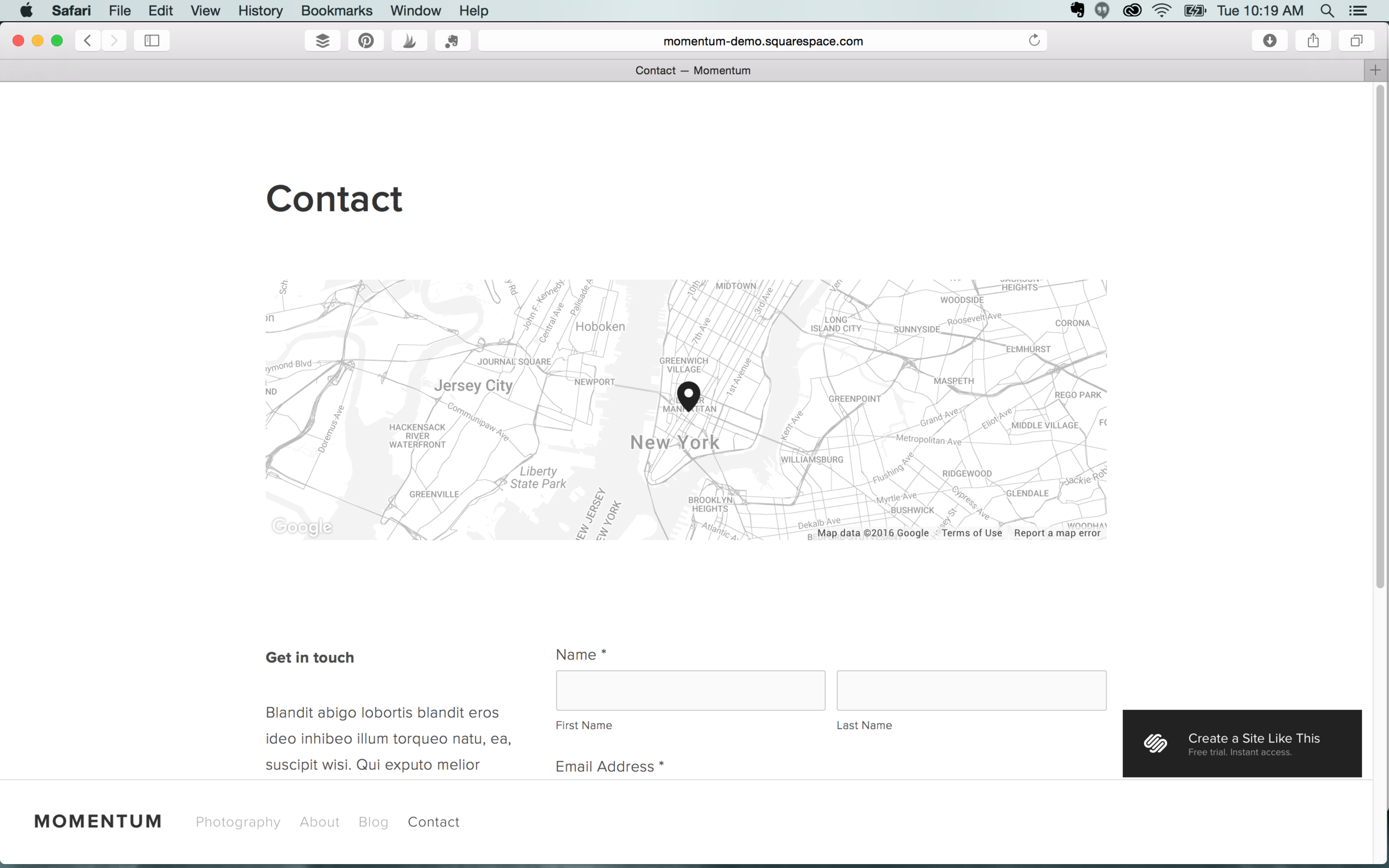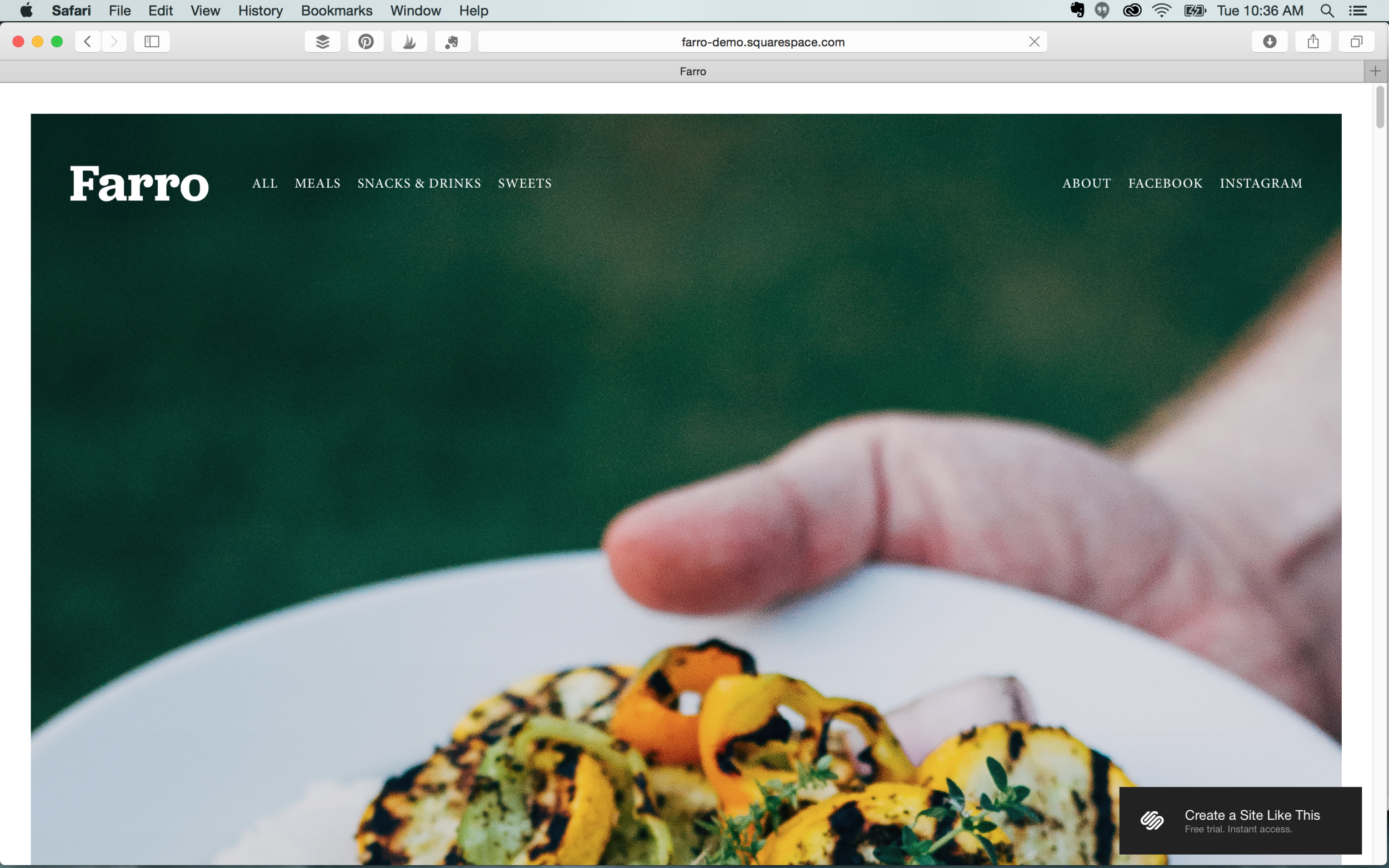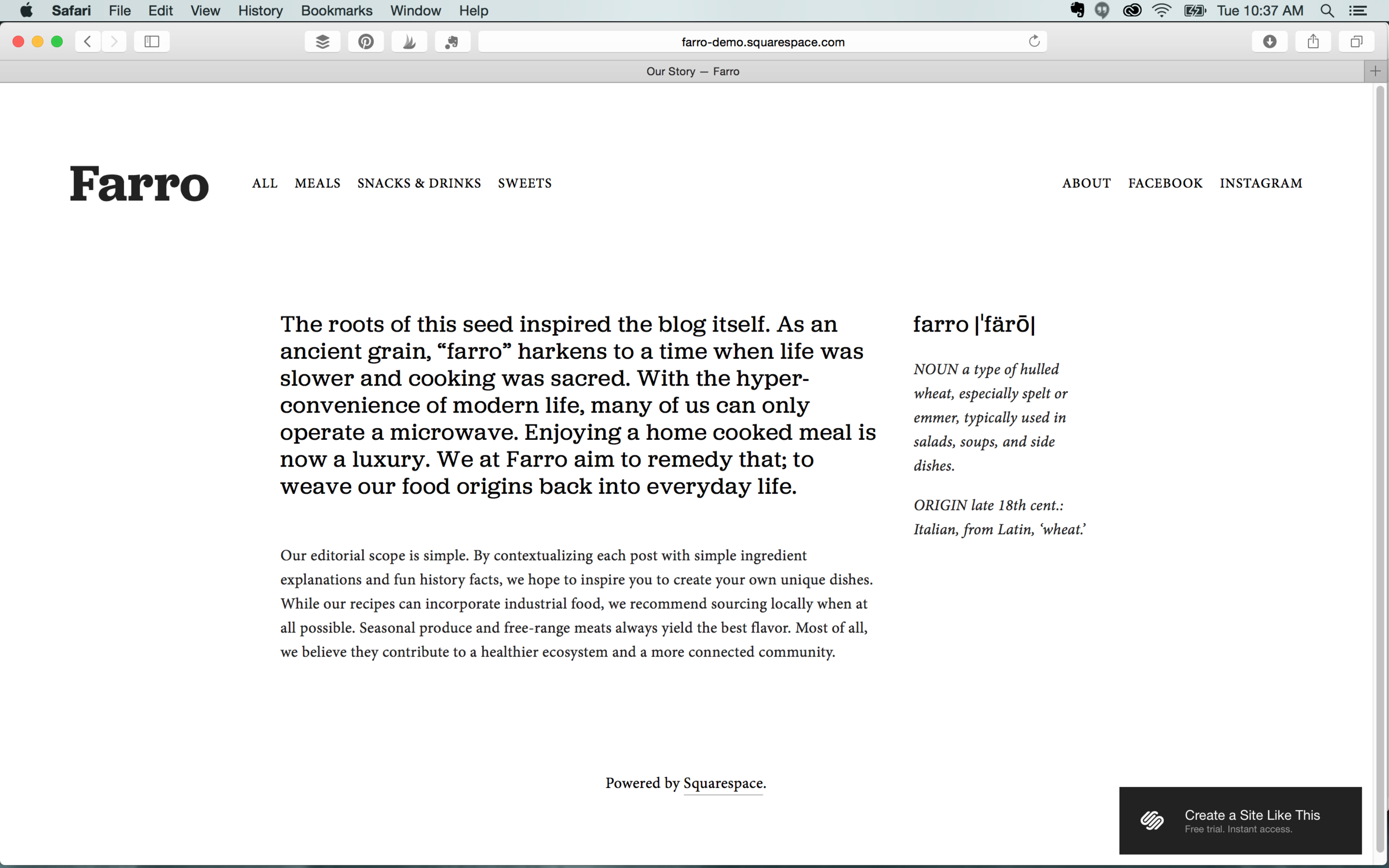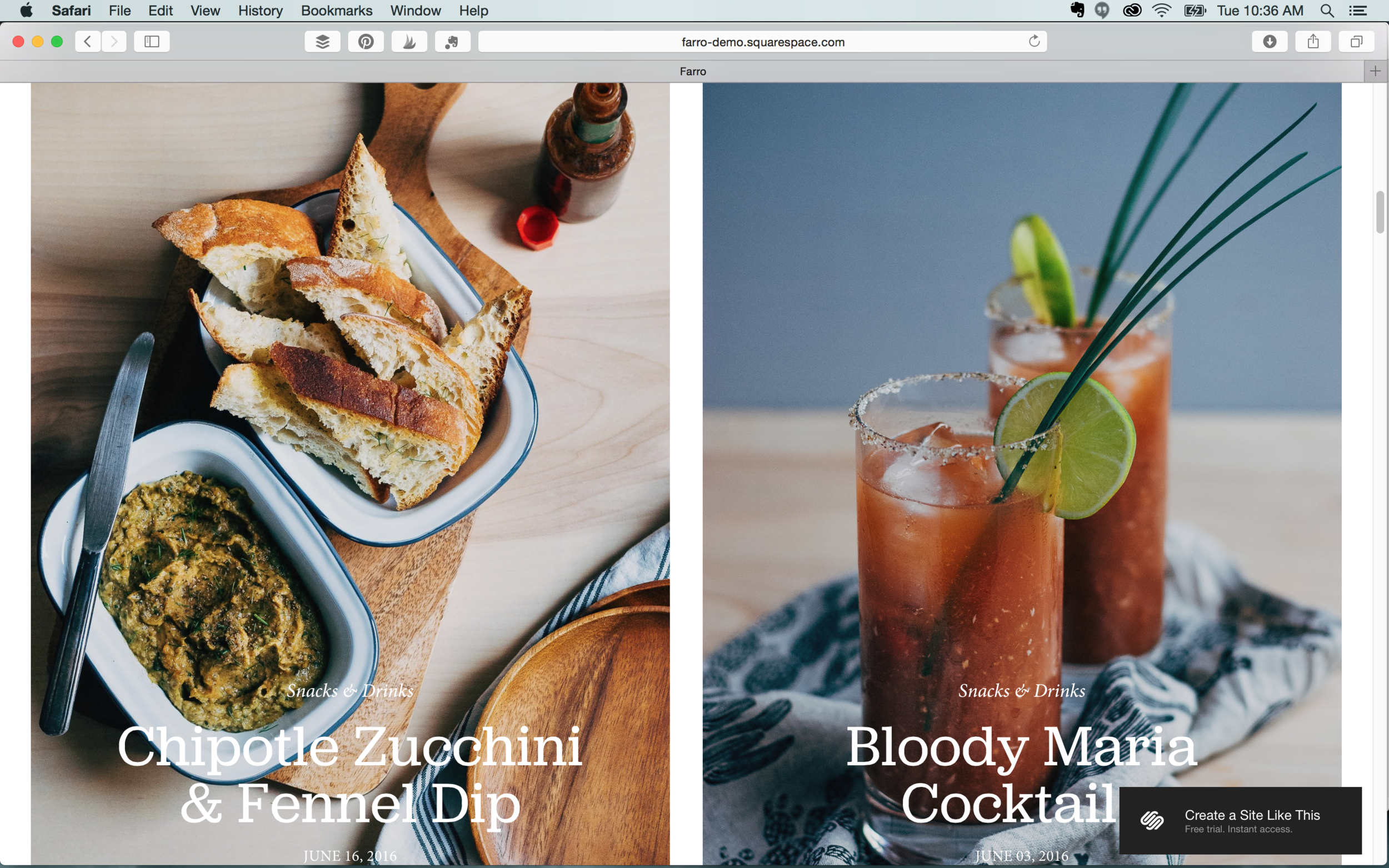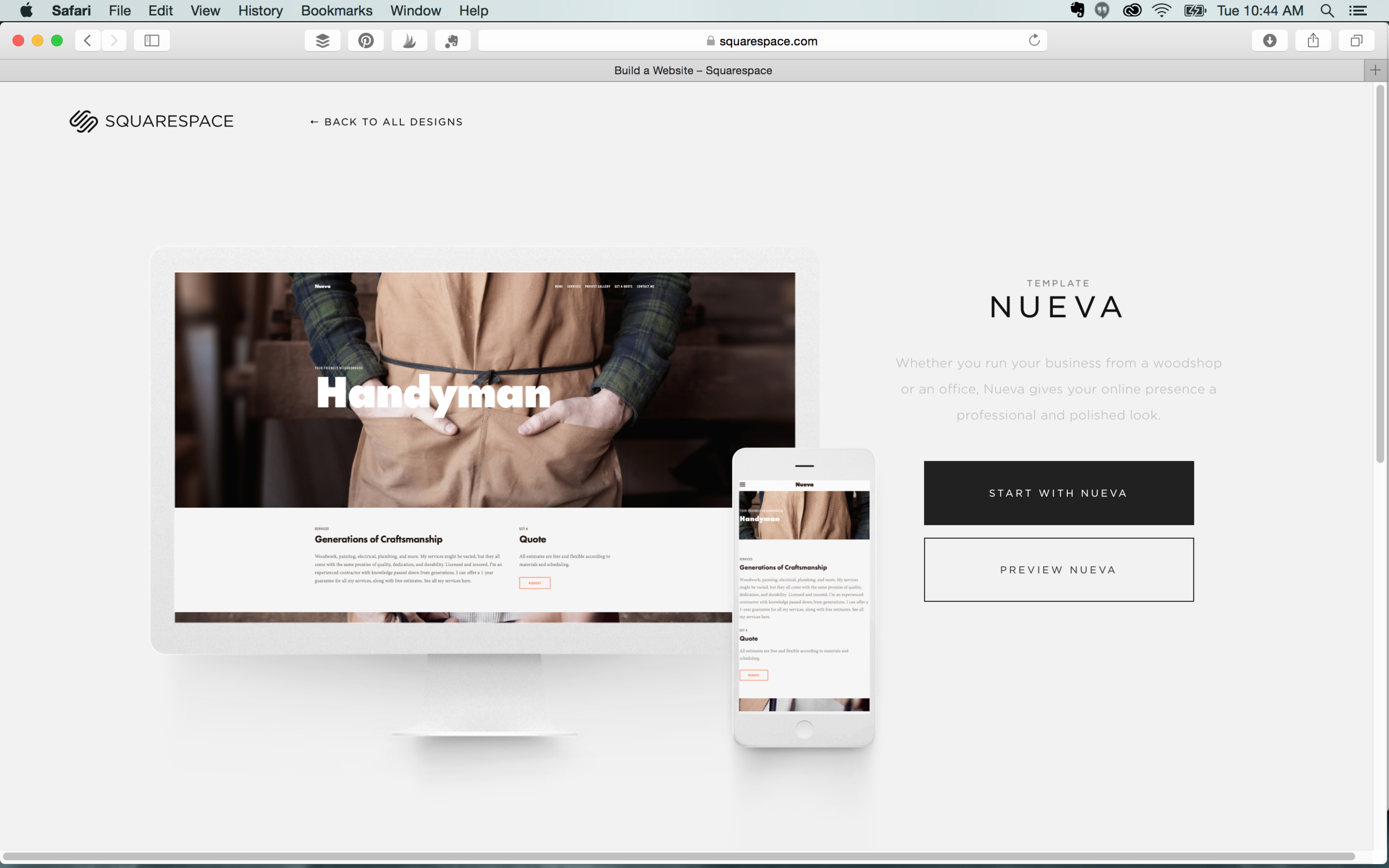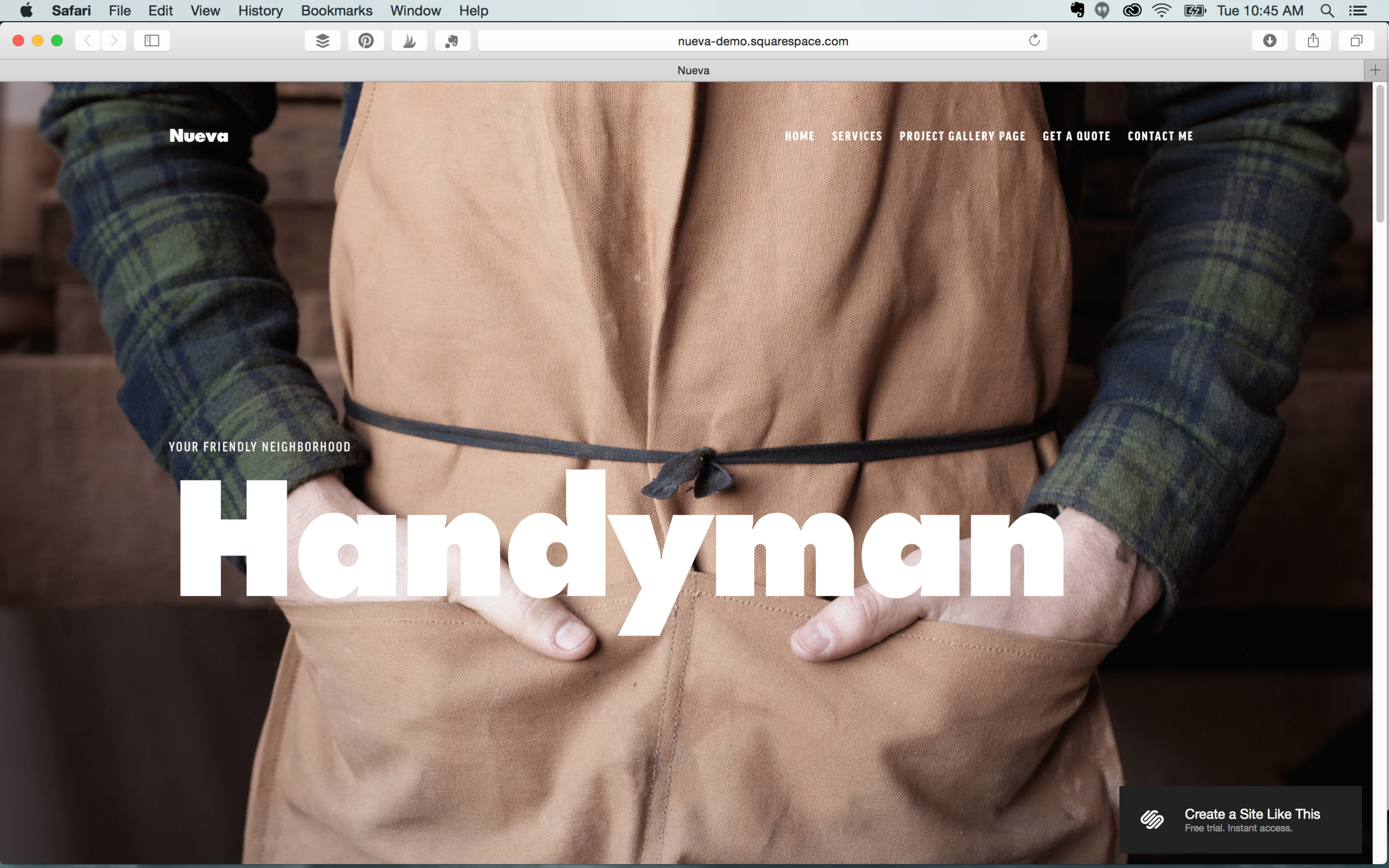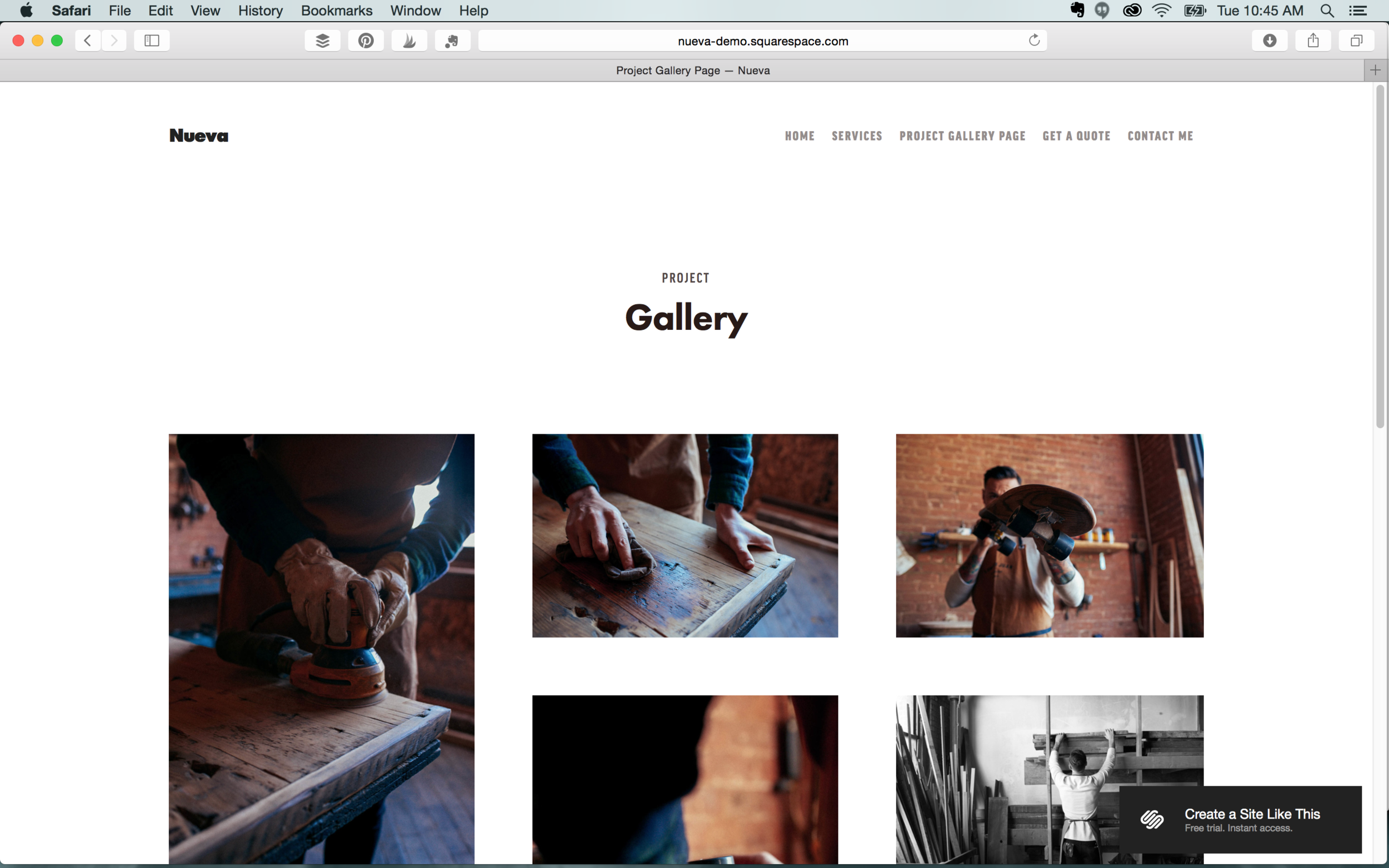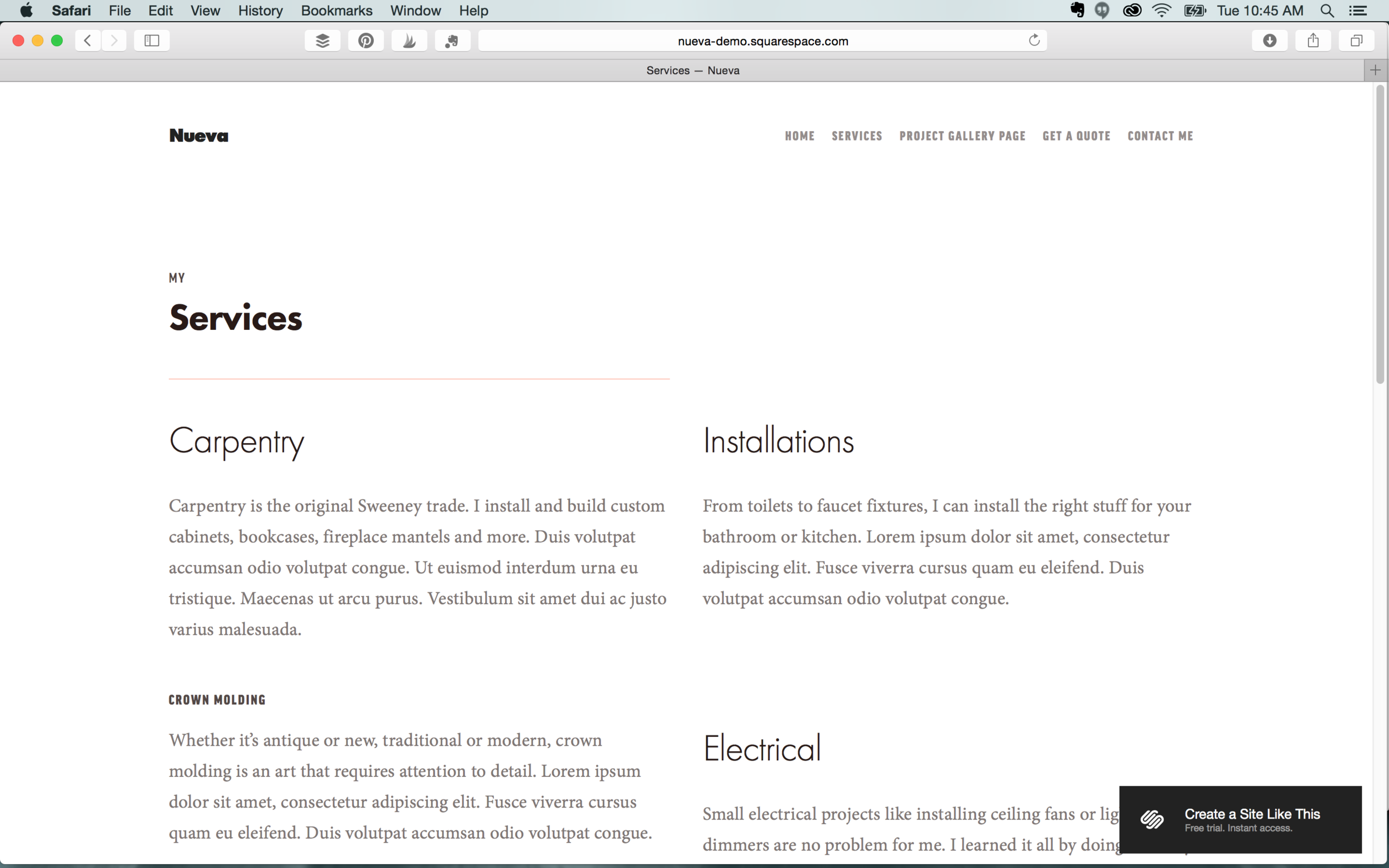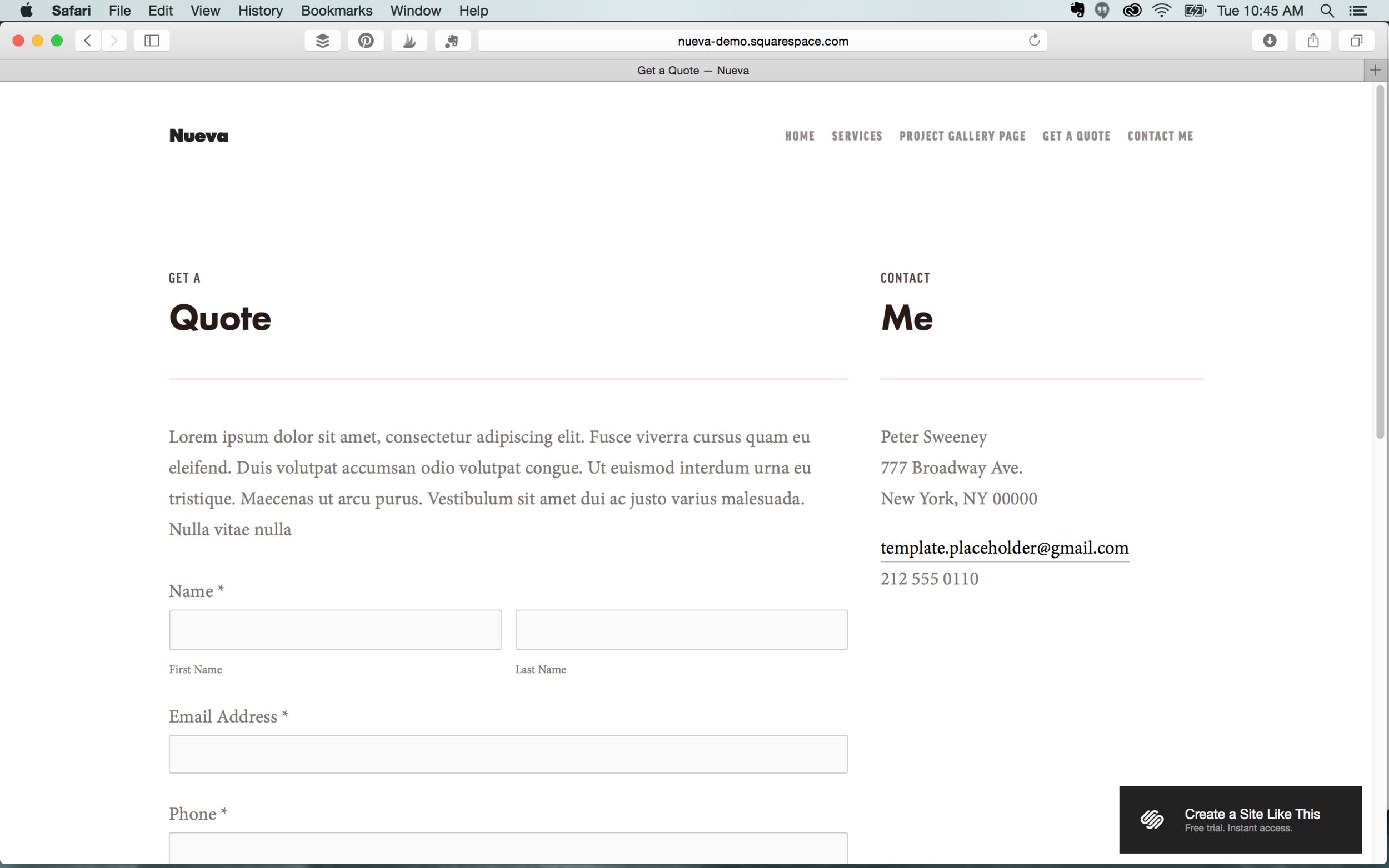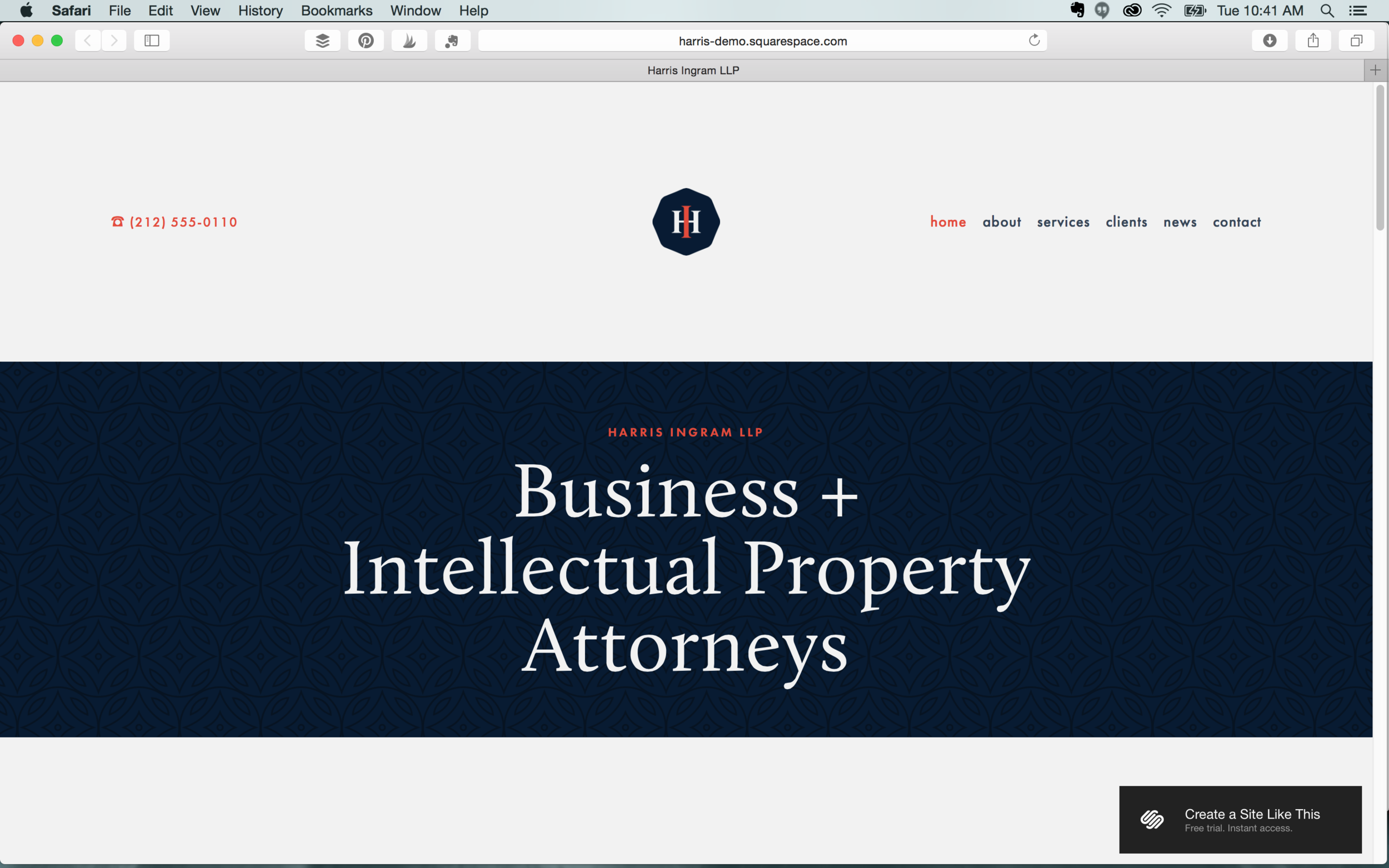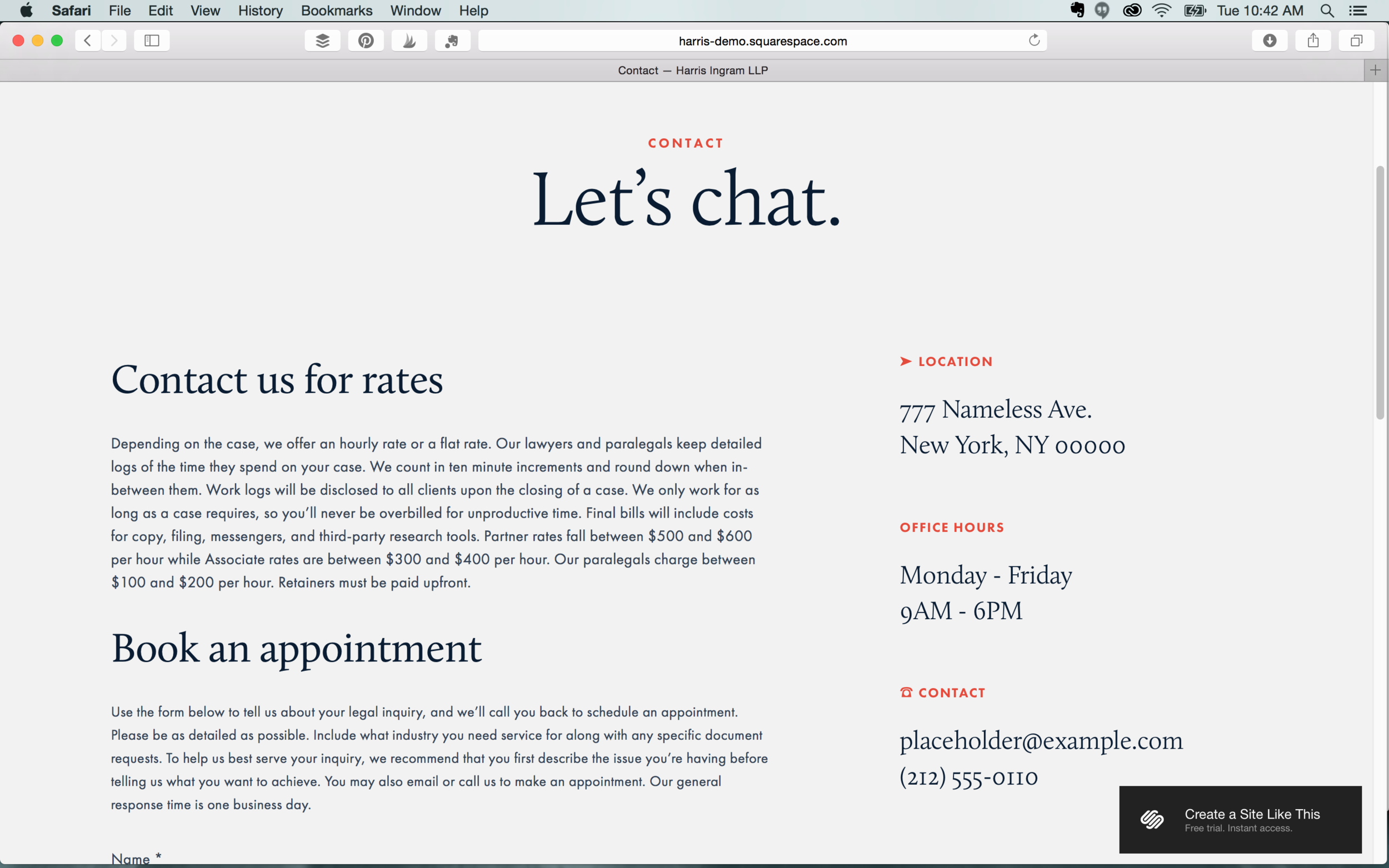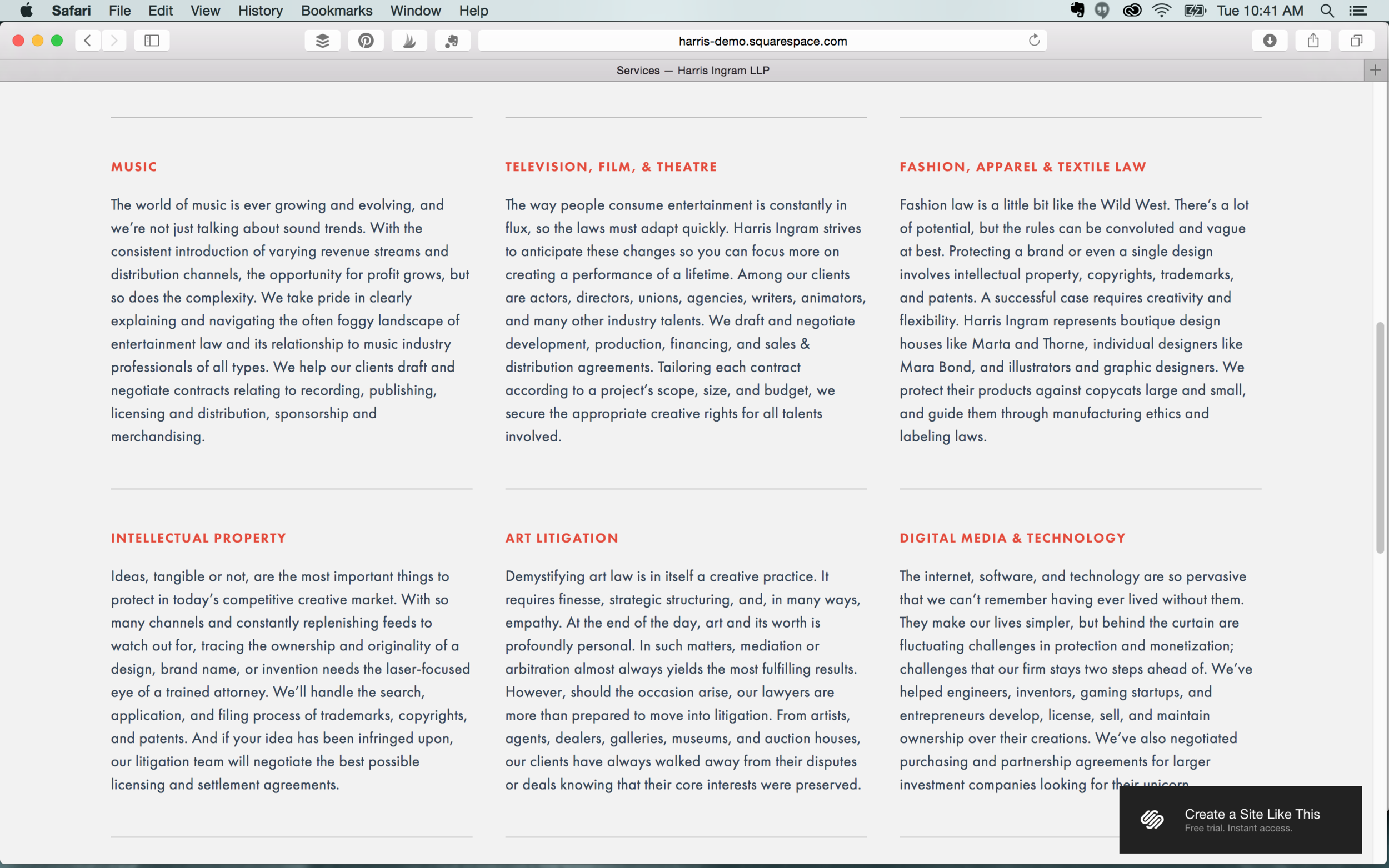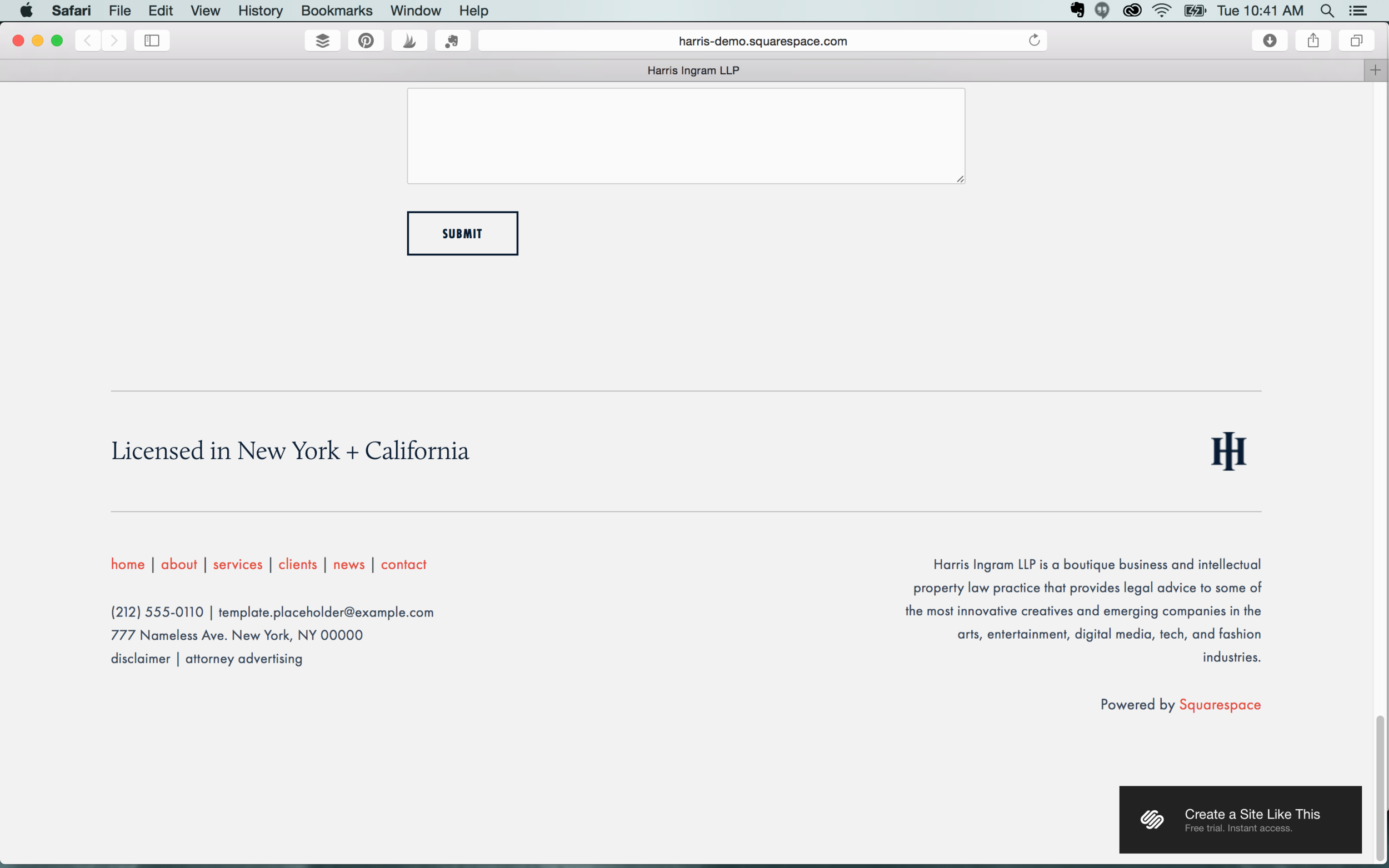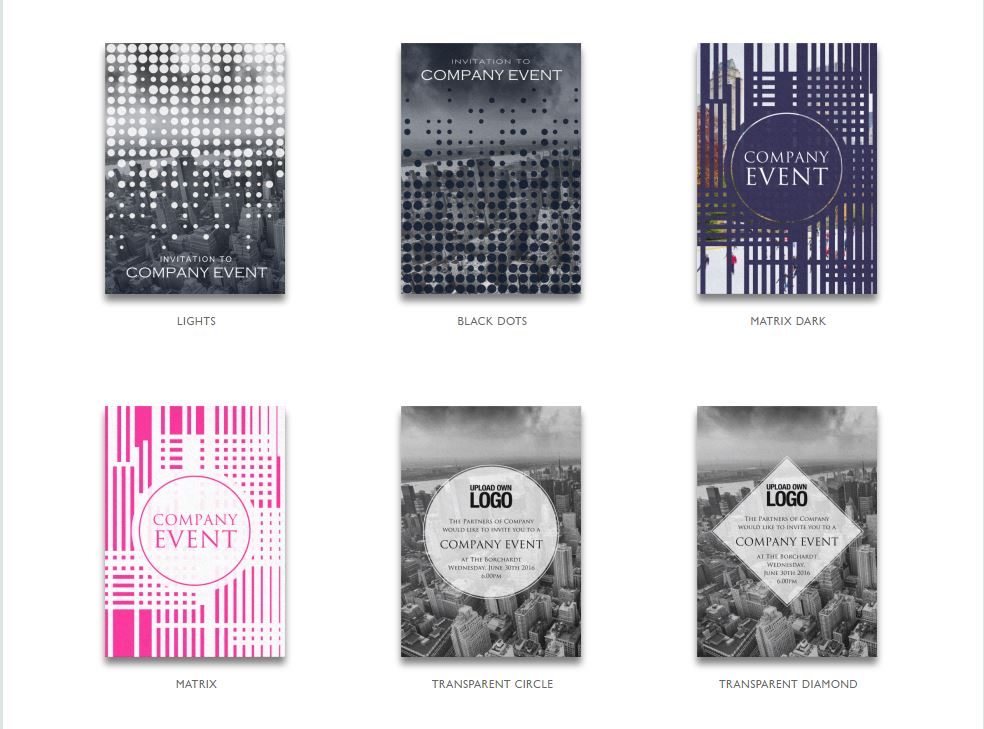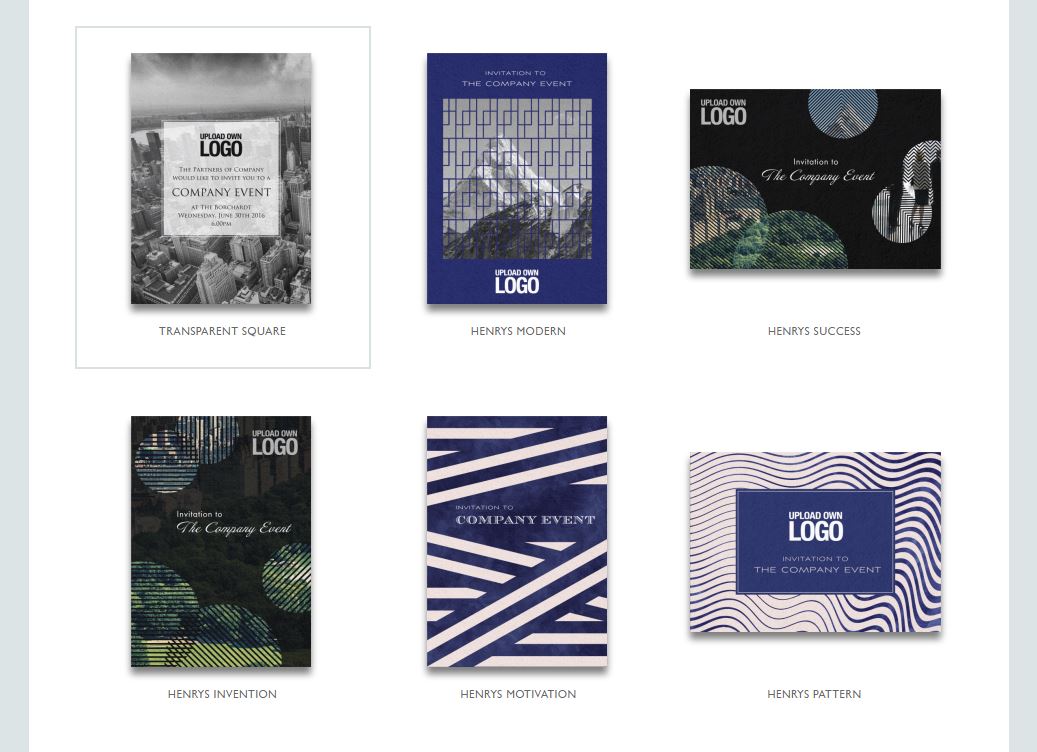"A content calendar is a shareable resource that marketing teams can use to plan all content marketing activity. The benefit of using the calendar format, rather than just a long list of content to be published, is that you can visualize how your content is distributed throughout the year." - Convince and Convert
When you’re swamped with meetings, deadlines, and daily work hiccups, squeezing in the time to create content to promote your business can be a hassle.
Creating a content calendar will save you time, provide consistency, and help you manage your communication channels. Chances are, if you’re not pre-planning your social posts and blogs in advance, you’re constantly struggling to find last minute material... usually resulting in rushed and irrelevant content.
Avoid stress and get organized with our 6 step process:
Step 1: Brainstorm with no distractions
Sit down with a pen and paper and set a timer for 30 minutes. In that time, write down a list of every blog/podcast/content idea that pops into your head. Making sure that you have no distractions is key. When the timer goes off, start divvying up what's appropriate for blog and social media.
If you're a little low on ideas, you may need to do this process a few times.
Once you’re done brainstorming, go on a fact-finding mission to study what other businesses and experts do. Then, add any new ideas you have to your master list. From here you can start refining things and decide what works best and what to toss.
Step 2: See what worked
Sidebar: Perform an audit to determine how impactful your social presence is.
Before you start planning, take some time to revisit past posts. Which posts have the most likes and engagement? Which blogs and newsletters have been the most successful?
Once you’ve analyzed what your clients respond best to, you can tailor future content to fit their needs.
Step 3: Determine how often you should post
Tip: Plan content for holidays, anniversaries, product launches, or important events in advance.
If don’t have a plan in place for how often you want to post on your blog and each social network, you run into the problem of inconsistency. If you’re posting on Facebook 10 times on a Monday, 3 times on a Wednesday, and 6 times on a Friday, your followers will probably get confused, annoyed, or simply unfollow you because they're overwhelmed.
Give your audience a routine so that they know when and how often you’re going to post (especially important with a blog, podcast, or email list).
These are just general guidelines, so feel free to adjust to the frequency that works best for your business and audience.
Step 4: Create a resource library for social and blog images
Take time to compile a long list of post ideas and sources for material. Having a database of quotes, photos, statistics, relevant websites, and content ideas at your disposal will help you organize all of your content ahead of time. And, in the case that you need some last minute content, you already have quality content at your fingertips!
Step 5: Select a tool
There are several great content planning calendars to choose from and many of them are free.
Sprout Social
Basecamp
CoSchedule
Asana
Google Docs/Sheets
Excel
Buffer
Requeue
We personally prefer to plan our content with Google Sheets, and then schedule things out from there on a weekly basis in Hootsuite. But, if you already have a tool you're comfortable with, try to fit your content planning tools into your existing work flow.
Step 6 : Plan everything out
While planning is great, don't miss out on trending tops and current events. If a post you have planned doesn't work don't be afraid to change things up!
Now that you’ve brainstormed and found out what works for you, spend time planning out your content on an actual calendar. Figure out how far you want to plan - we suggest planning at least two or three months out, all the way up to a year.
Plan out big pieces of content like blogs, infographics, podcasts, and emails first. Once you've got that in place you can work your social content for the week around these big content offerings. Don't catch yourself getting bogged down planning out every social post -- you can always just put a general outline of content you’d like to post on the calnedar (quotes, stats, blog throwbacks, tips, etc.)
Greensboro Marketing Firm: Hue & Tone Creative
Stumped on how to make the most of your inbound marketing plan? We can help you plan the traffic driving blogs, social, and email campaigns your brand deserves.



















